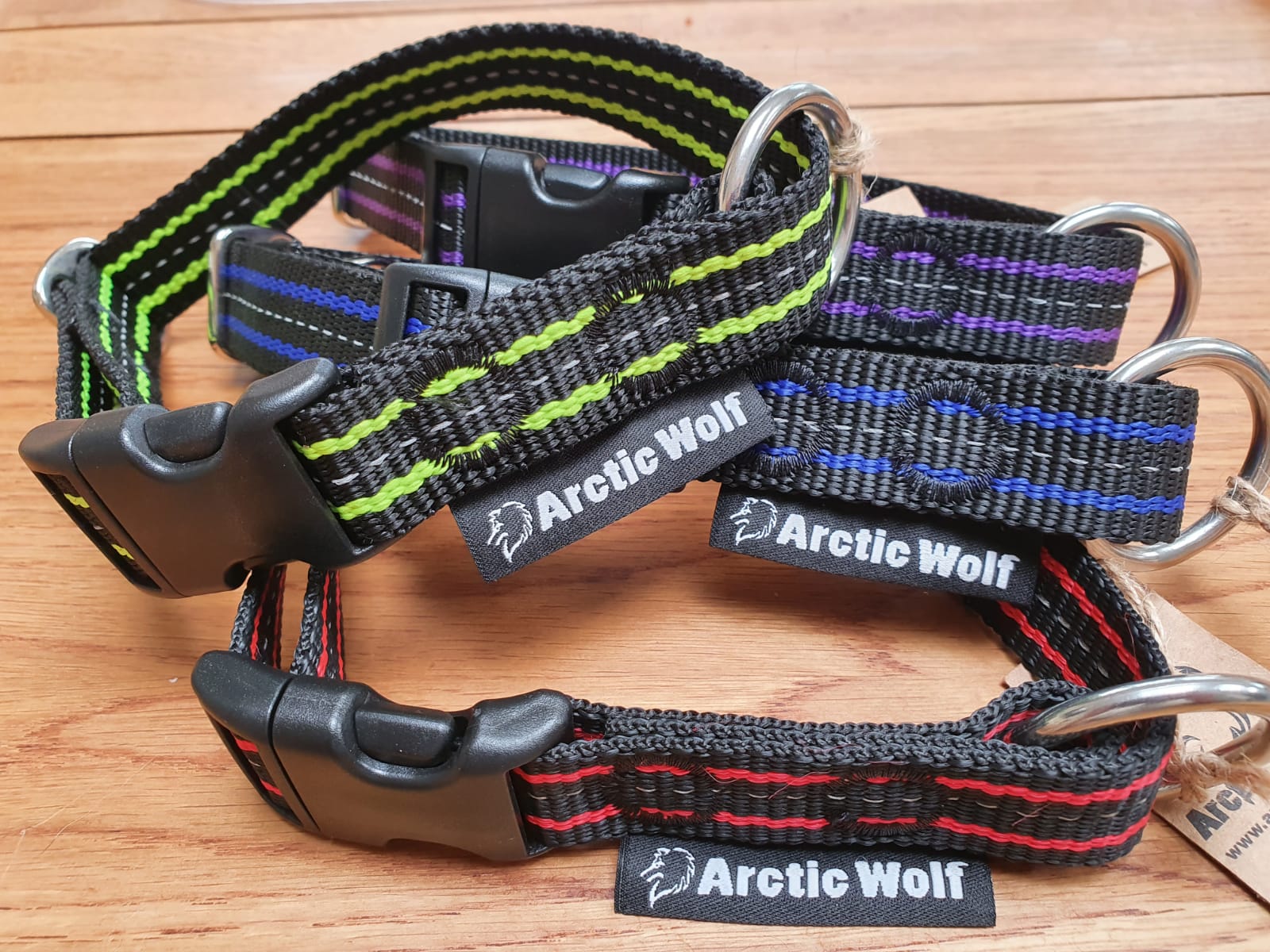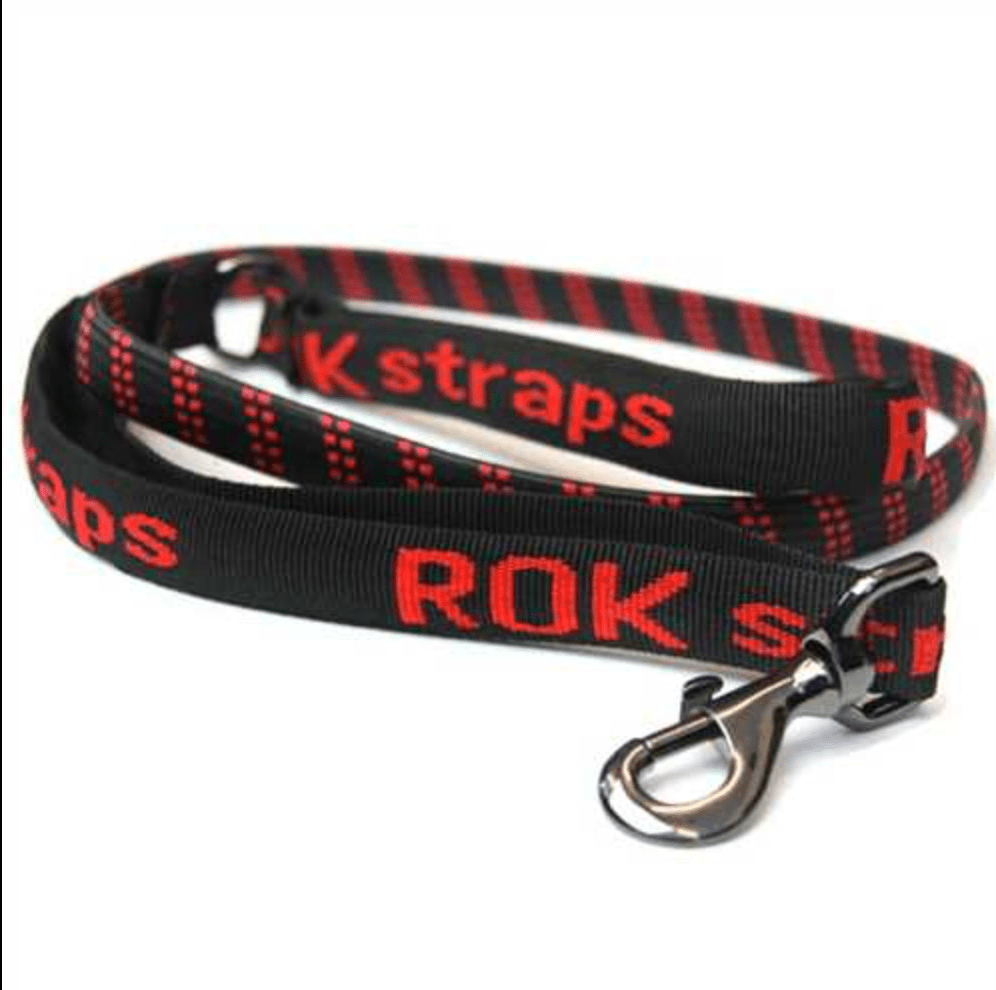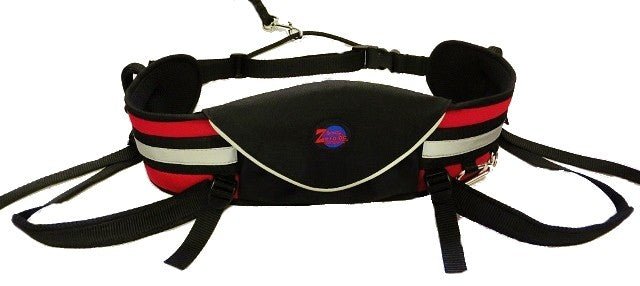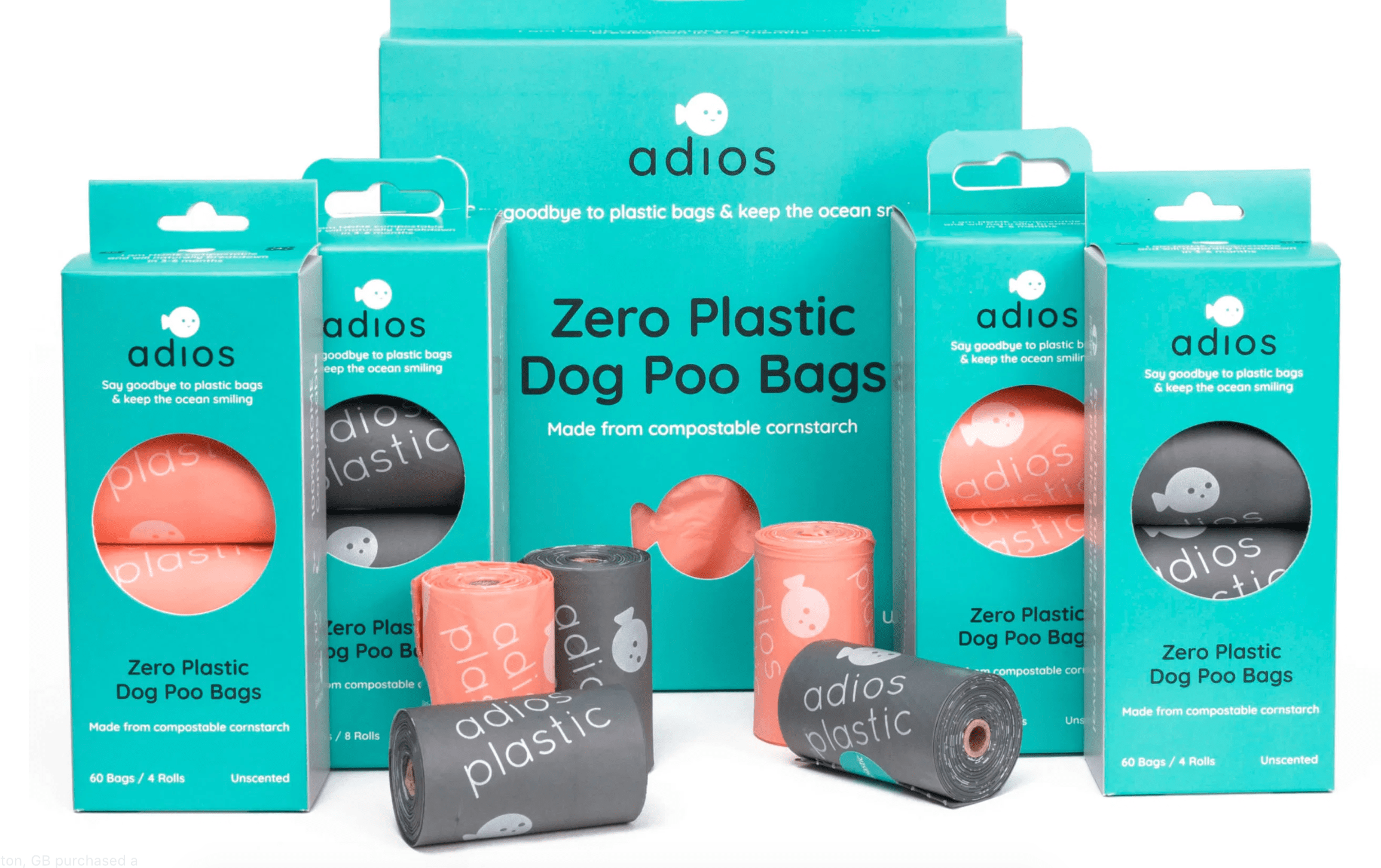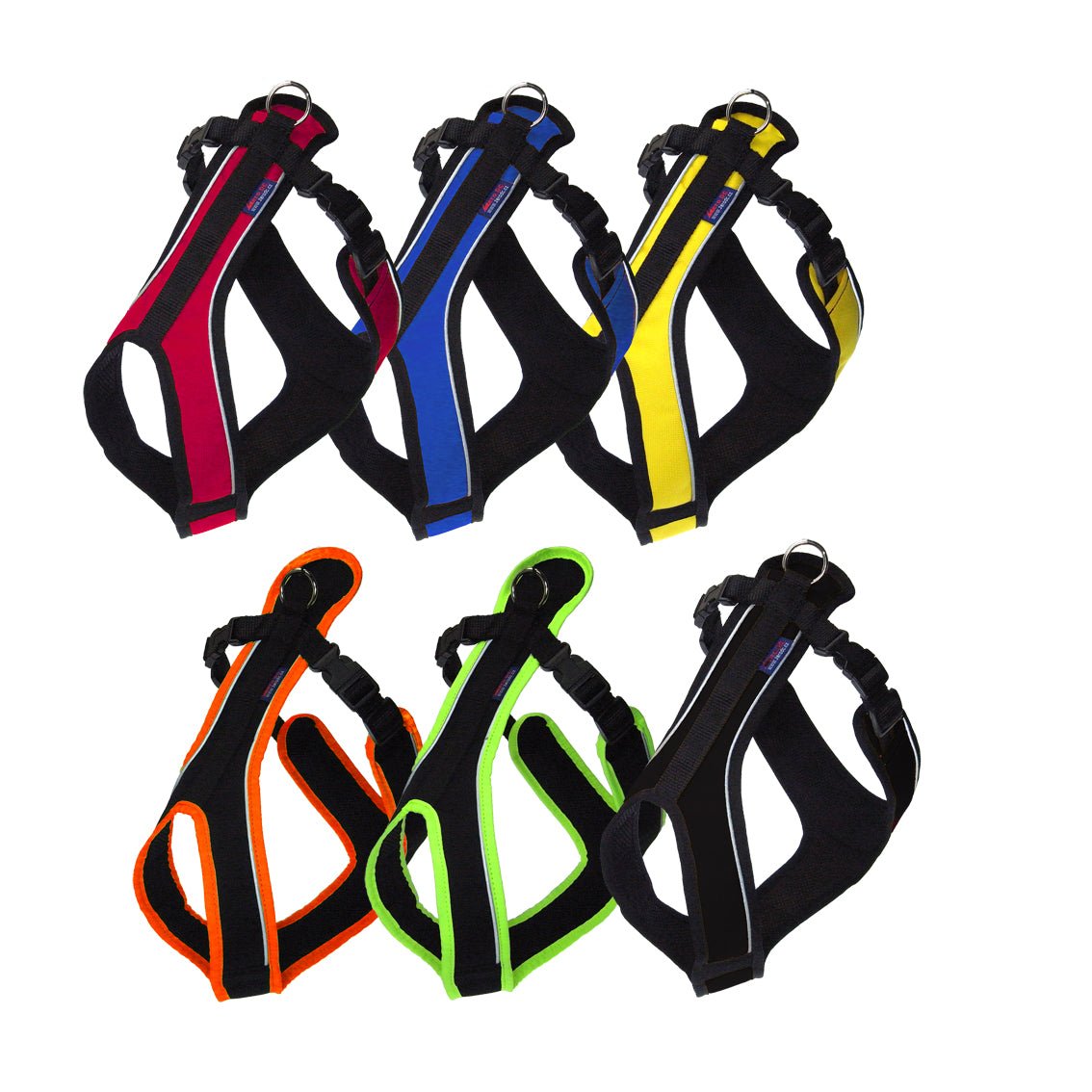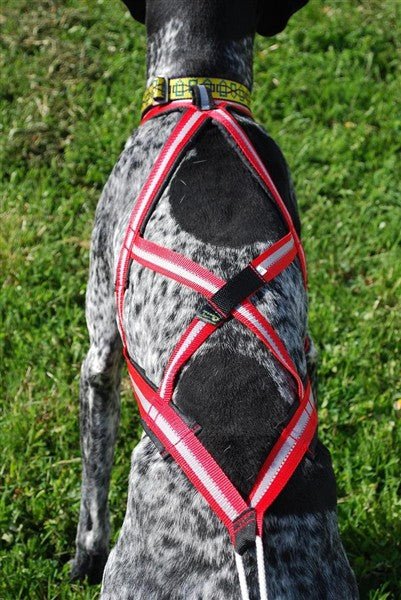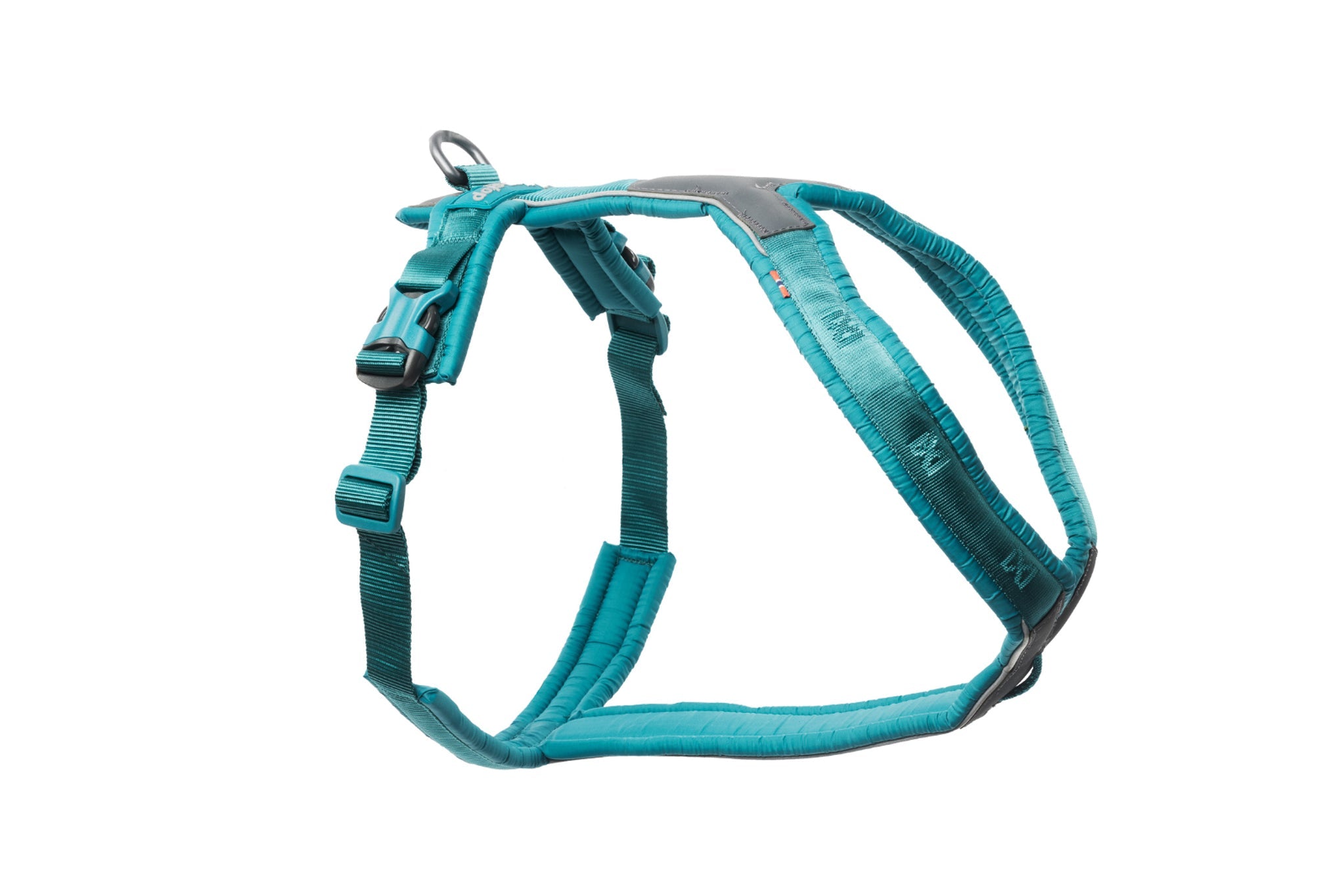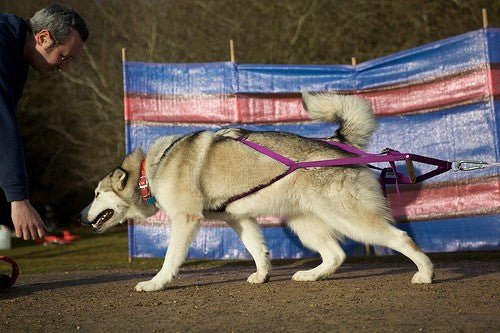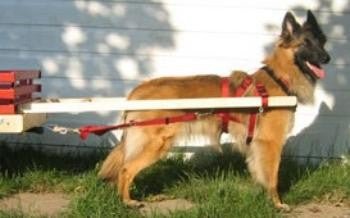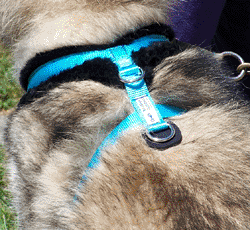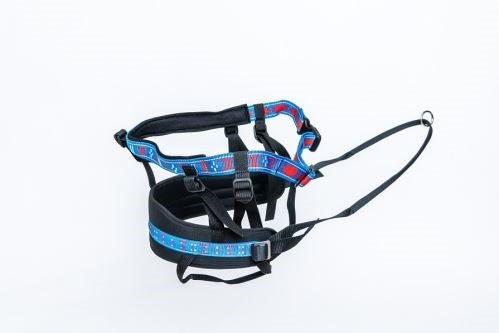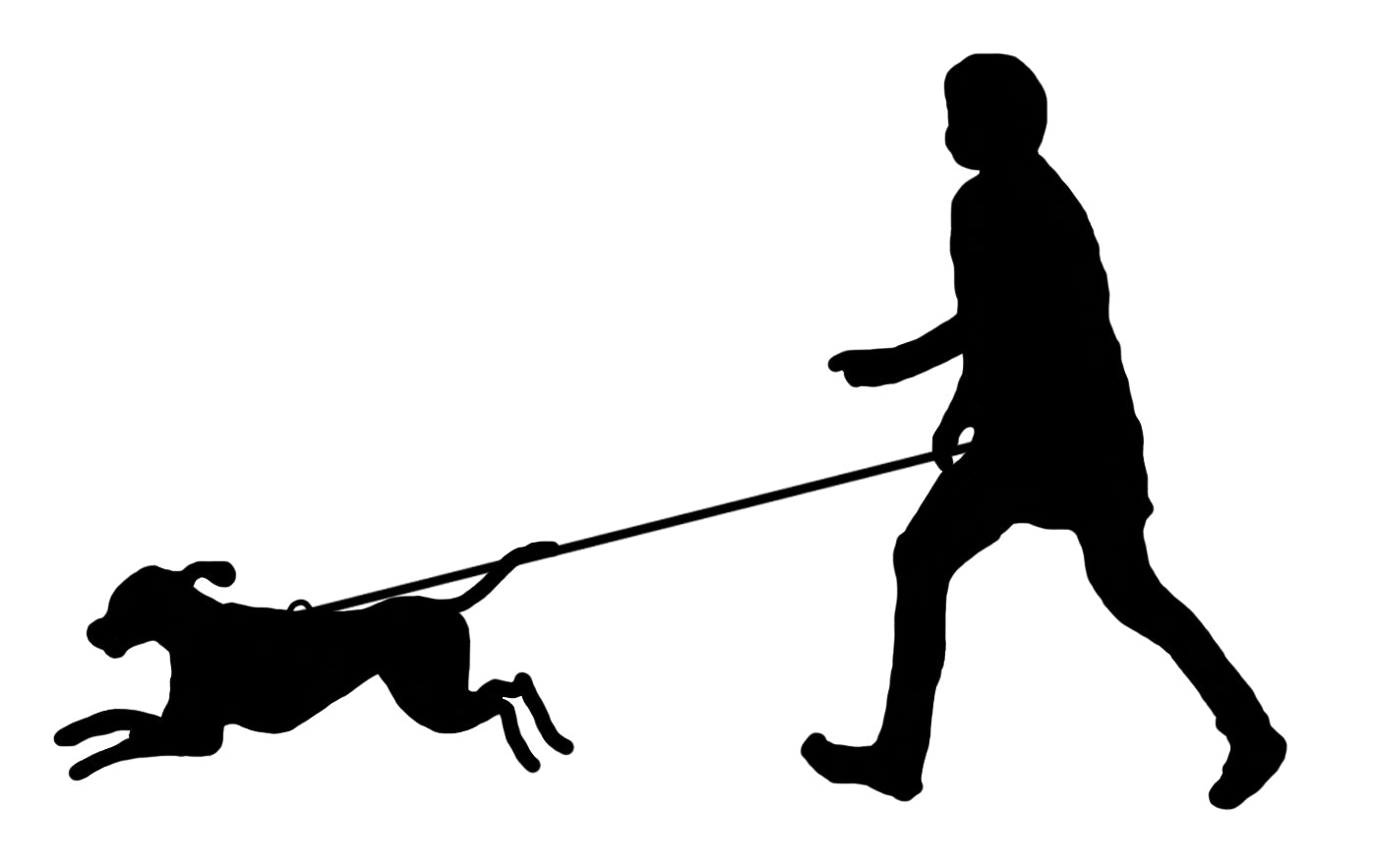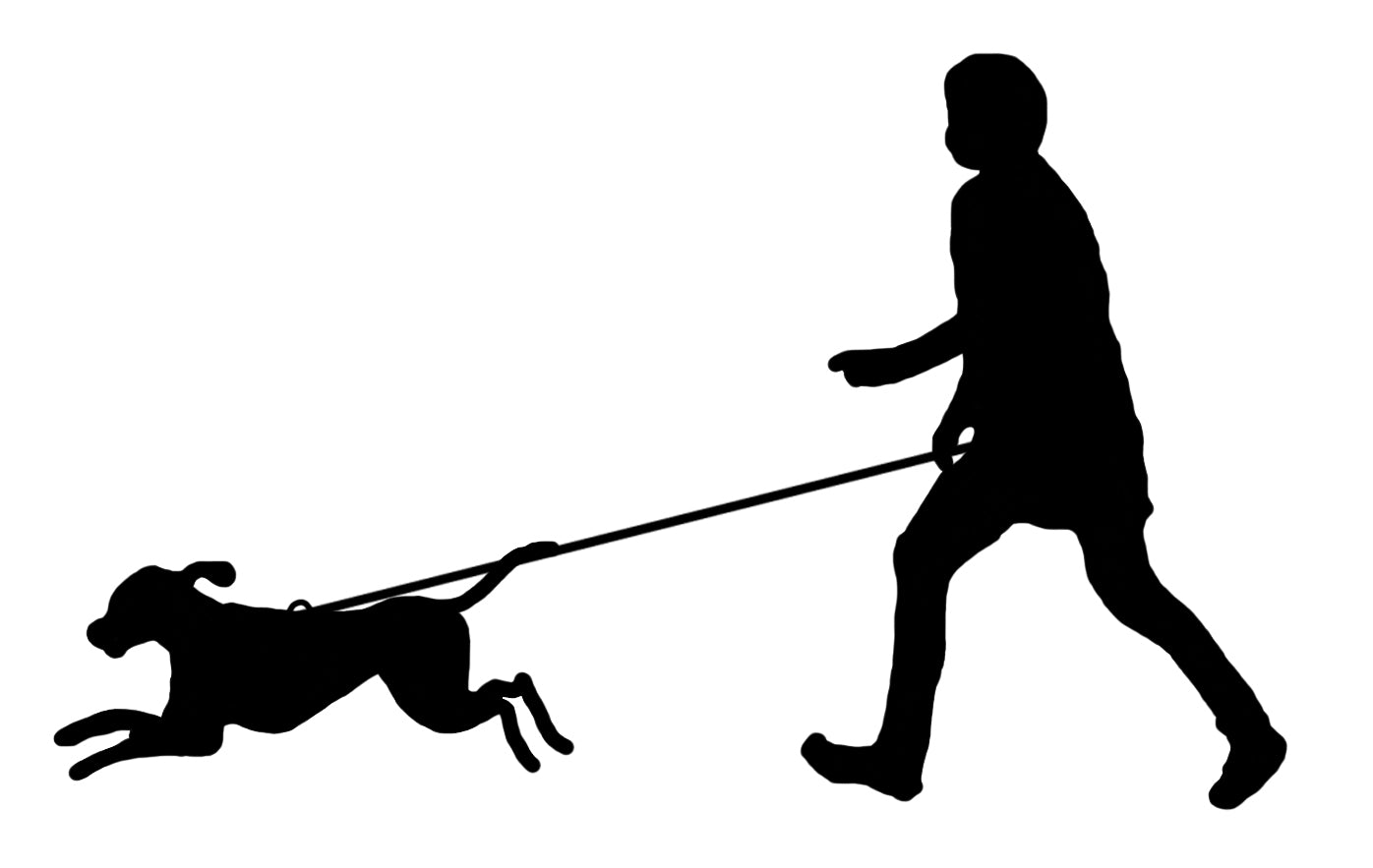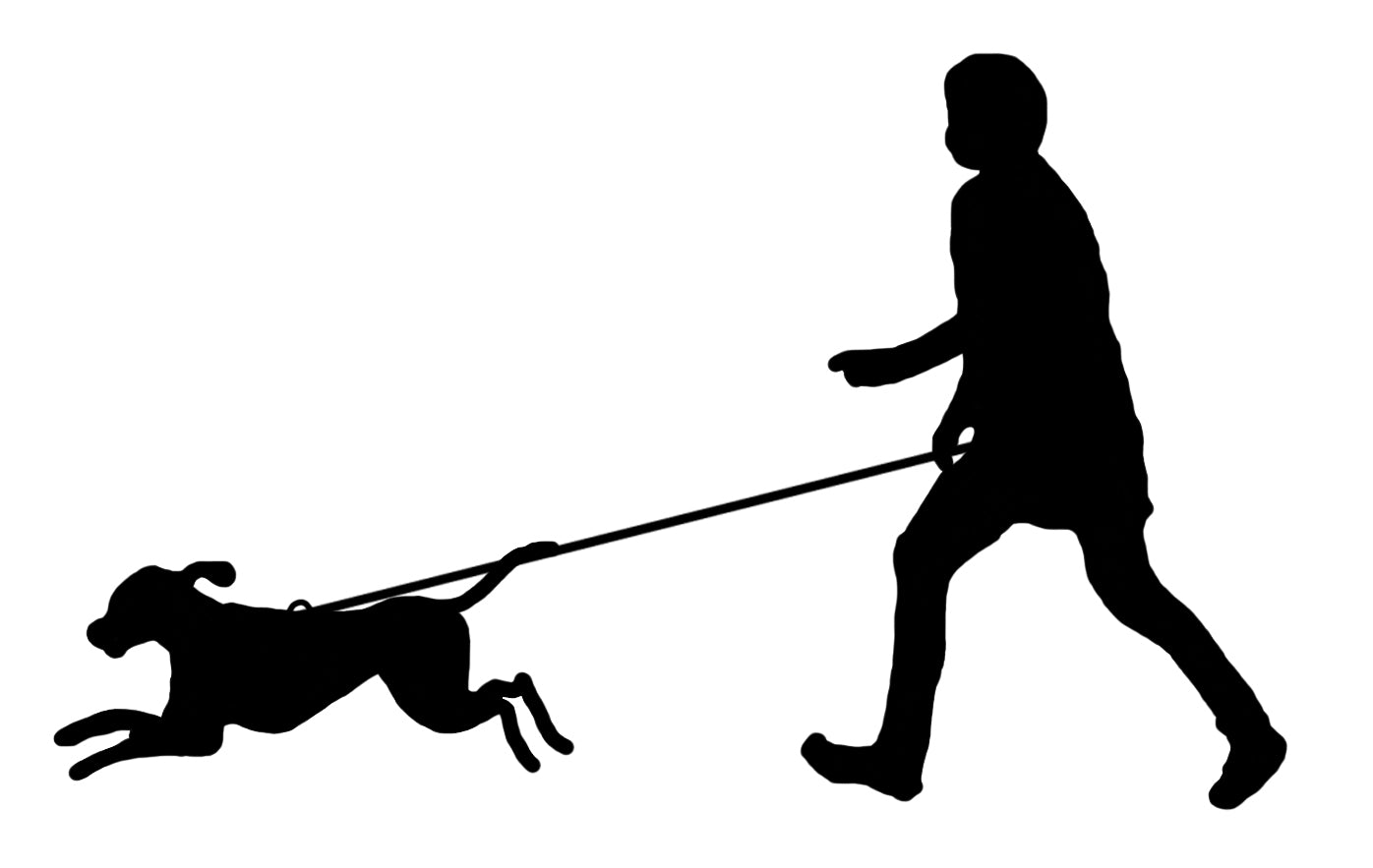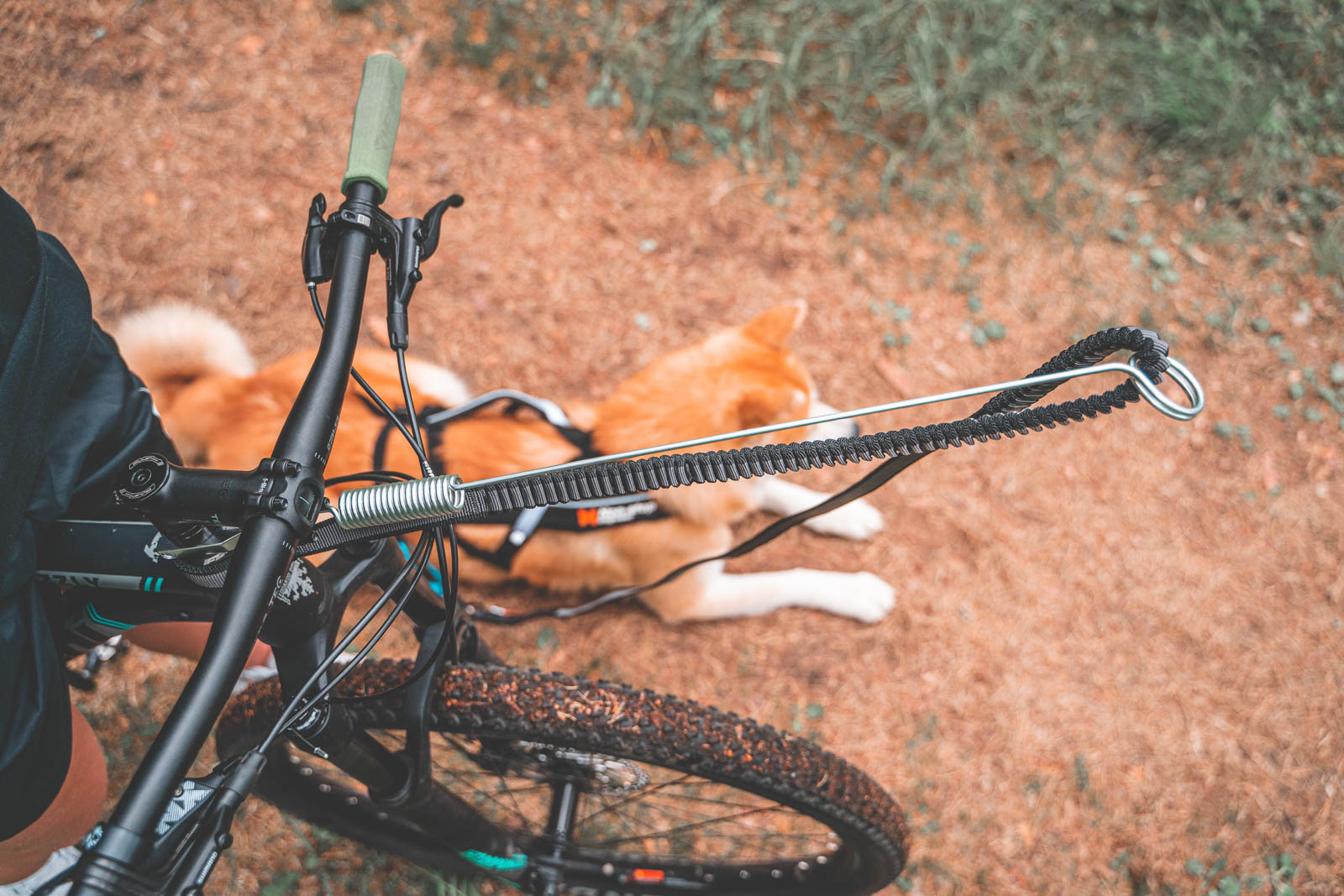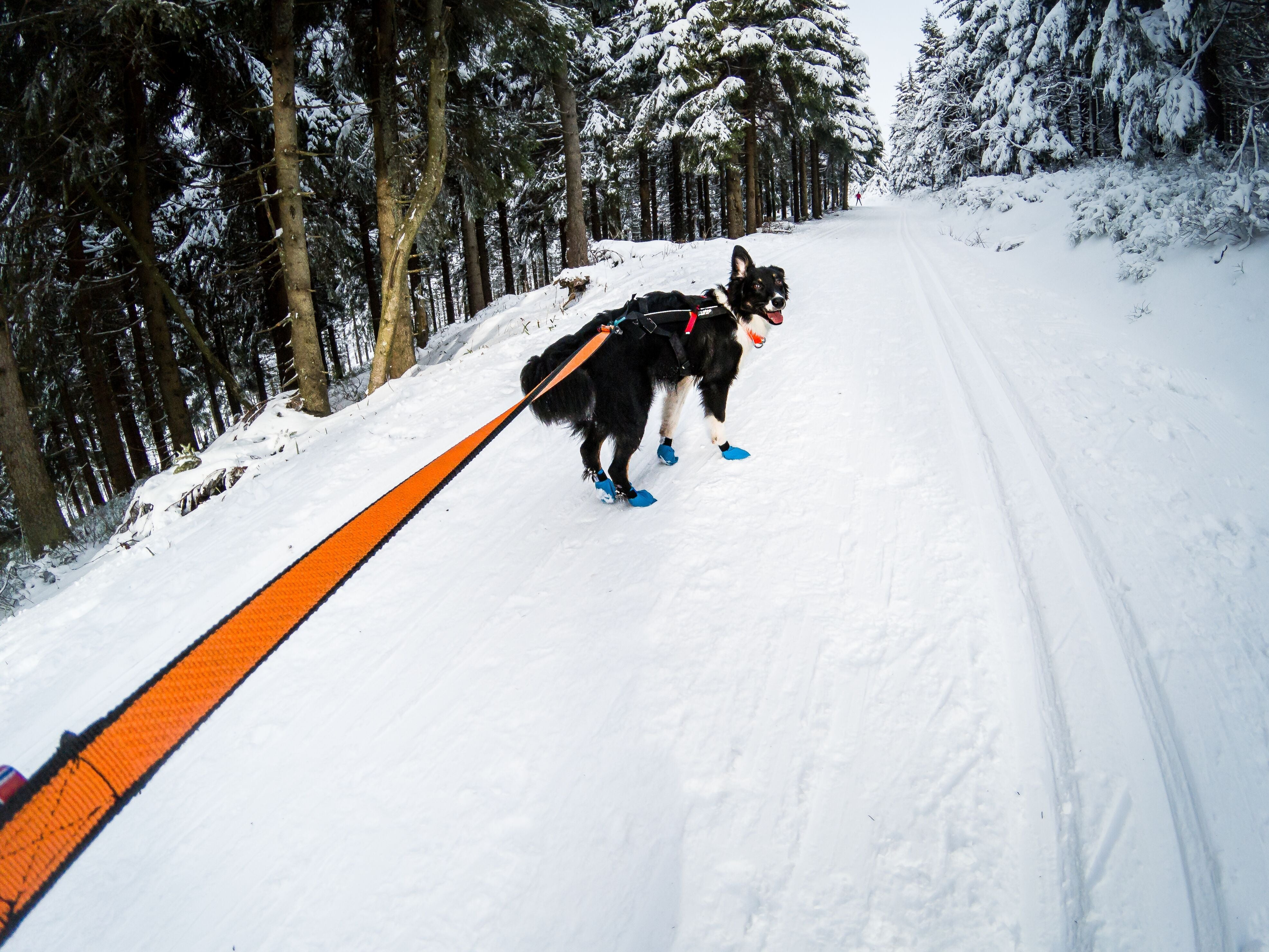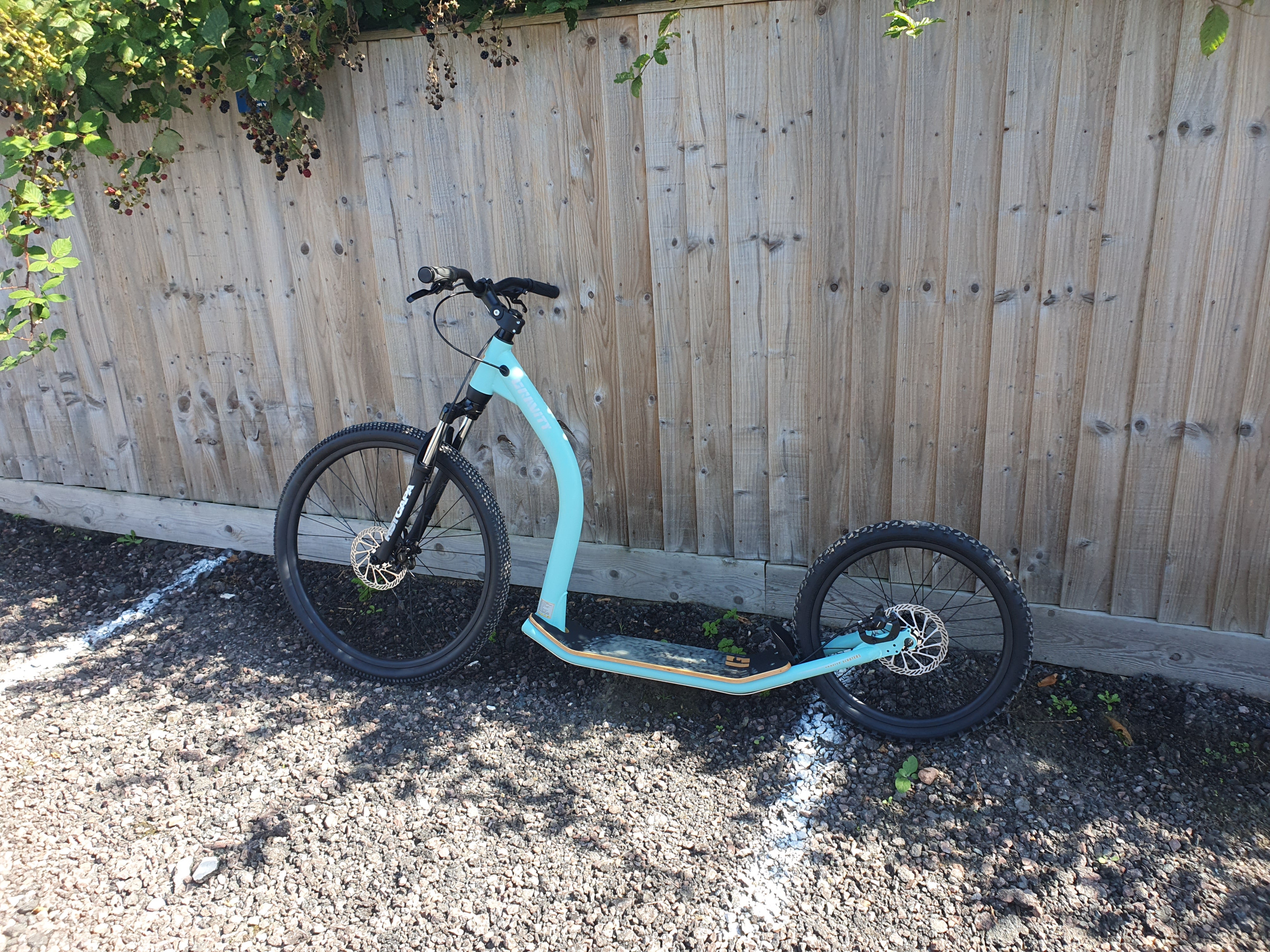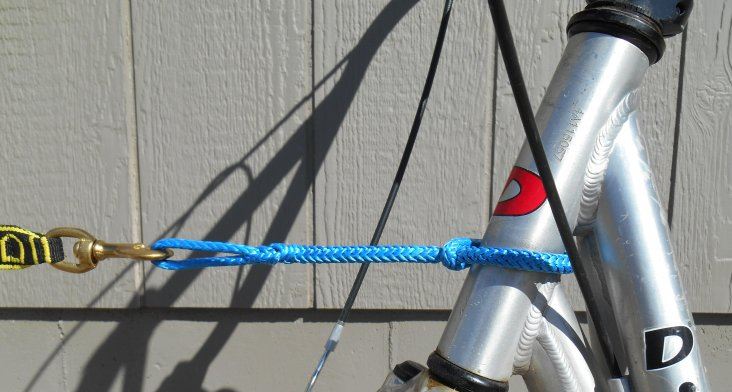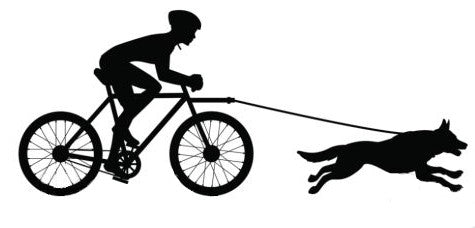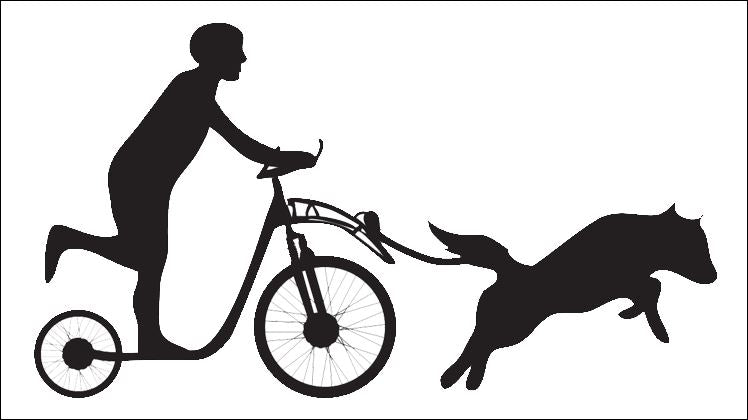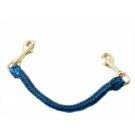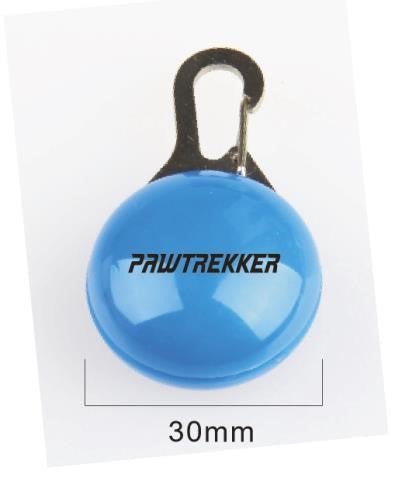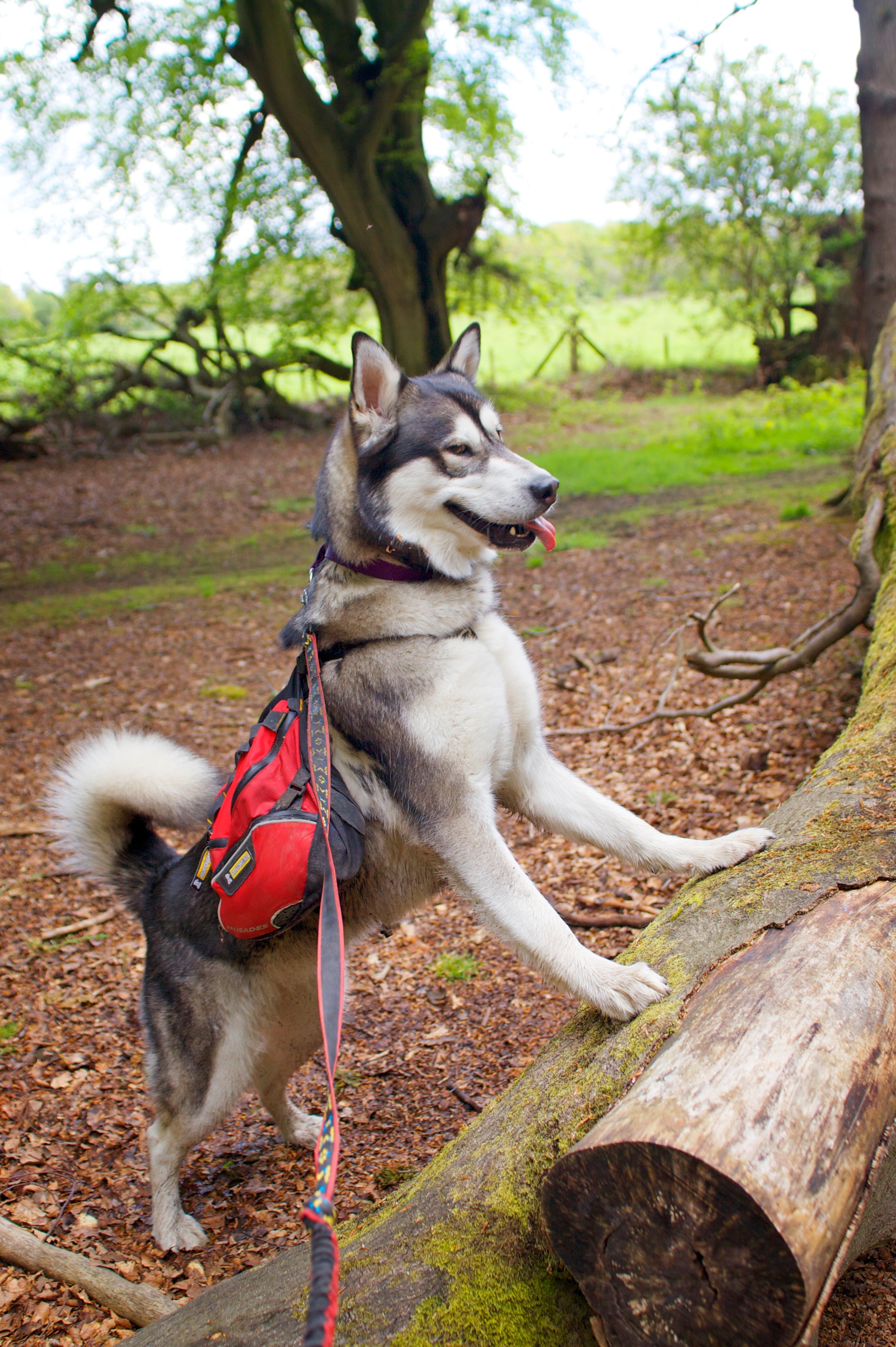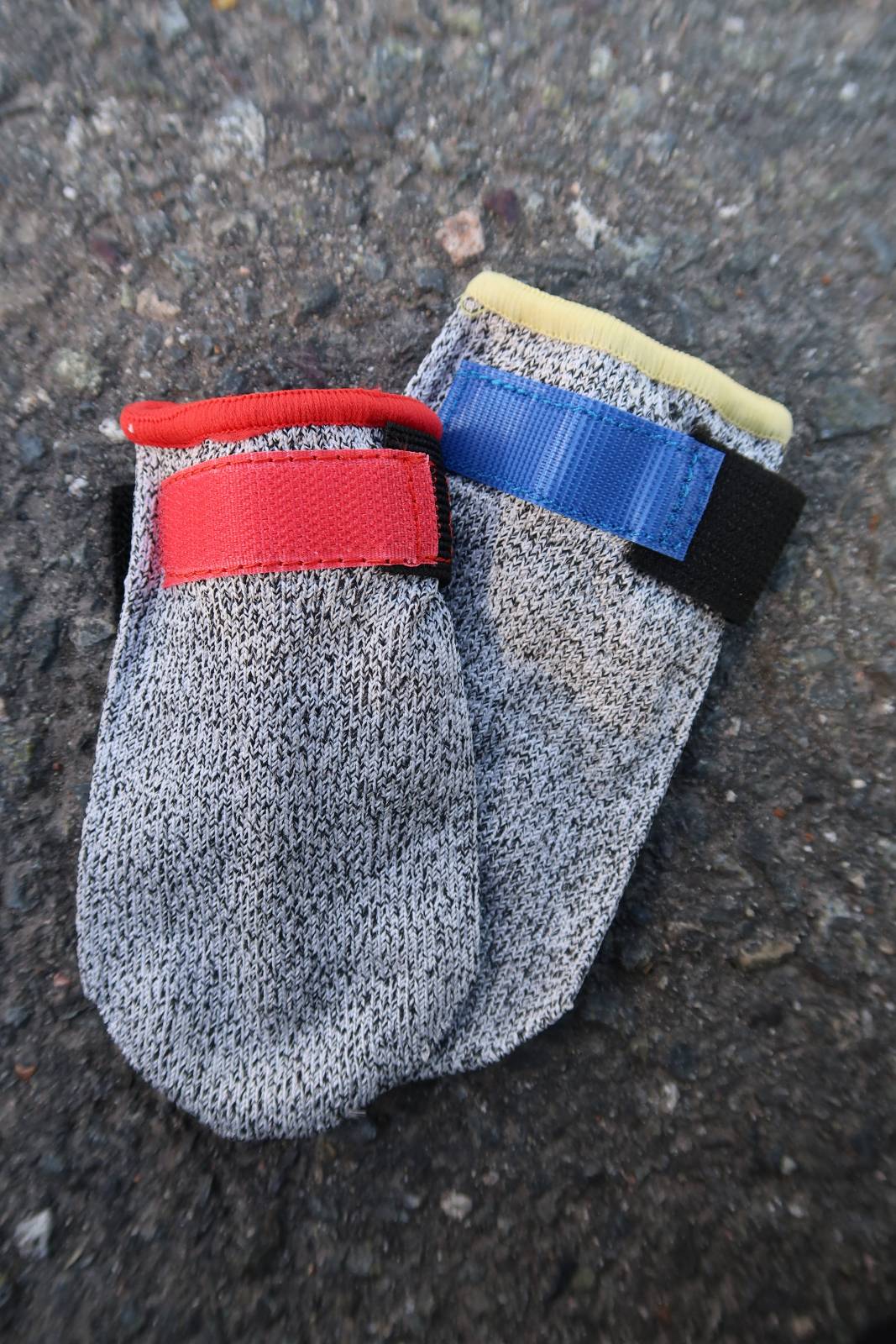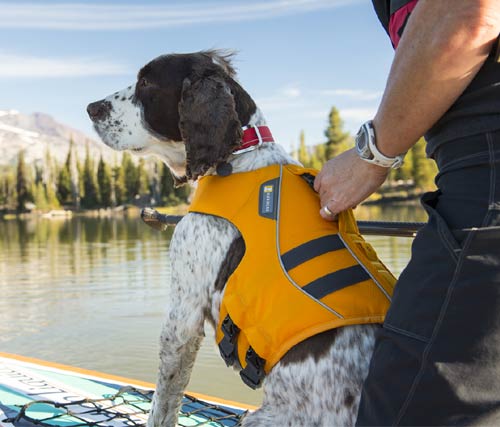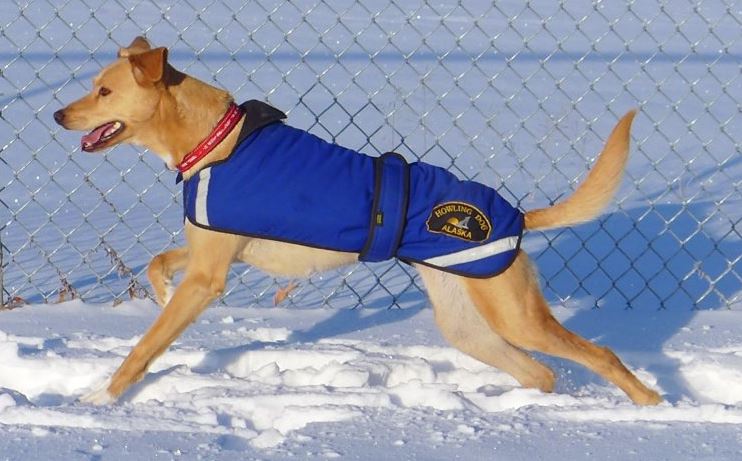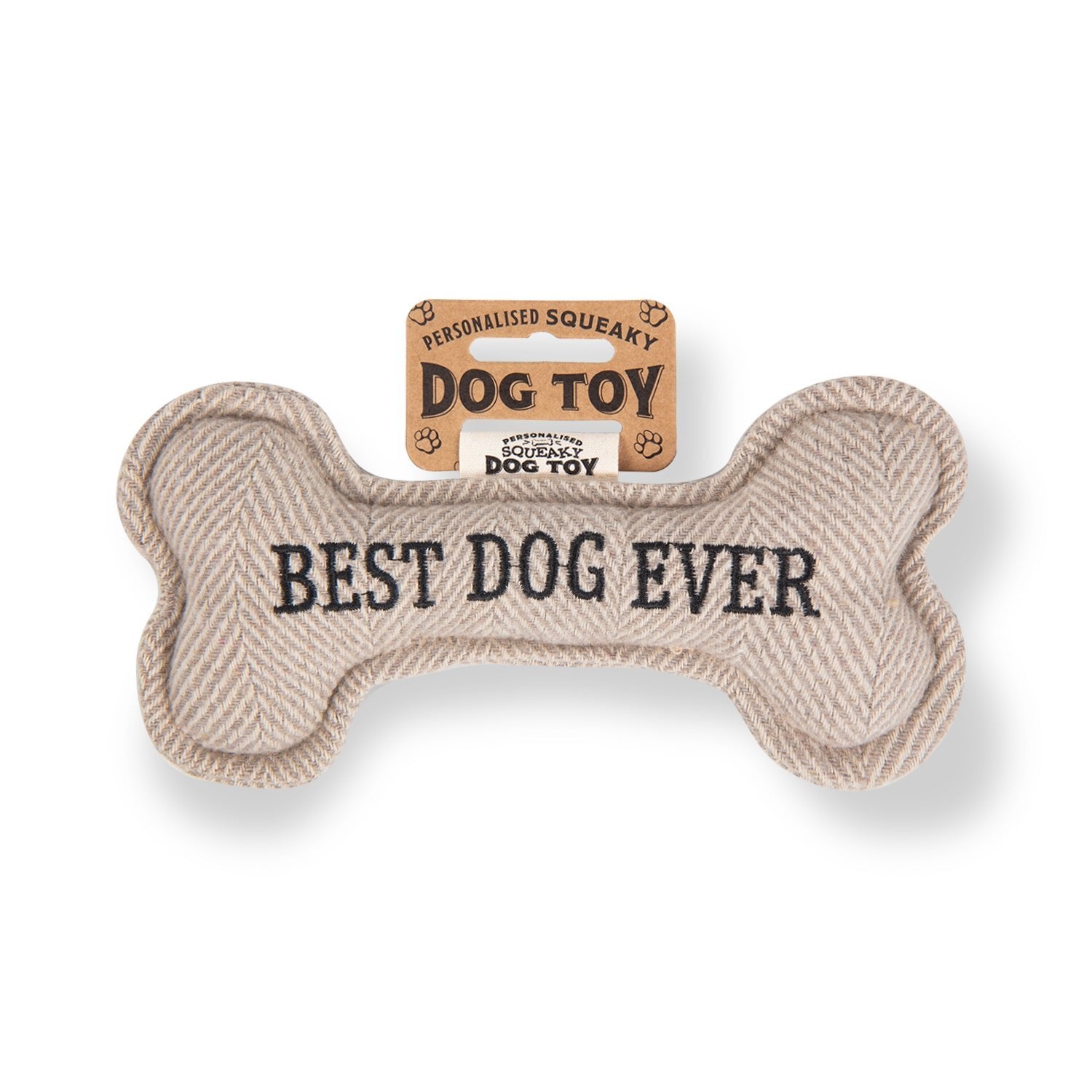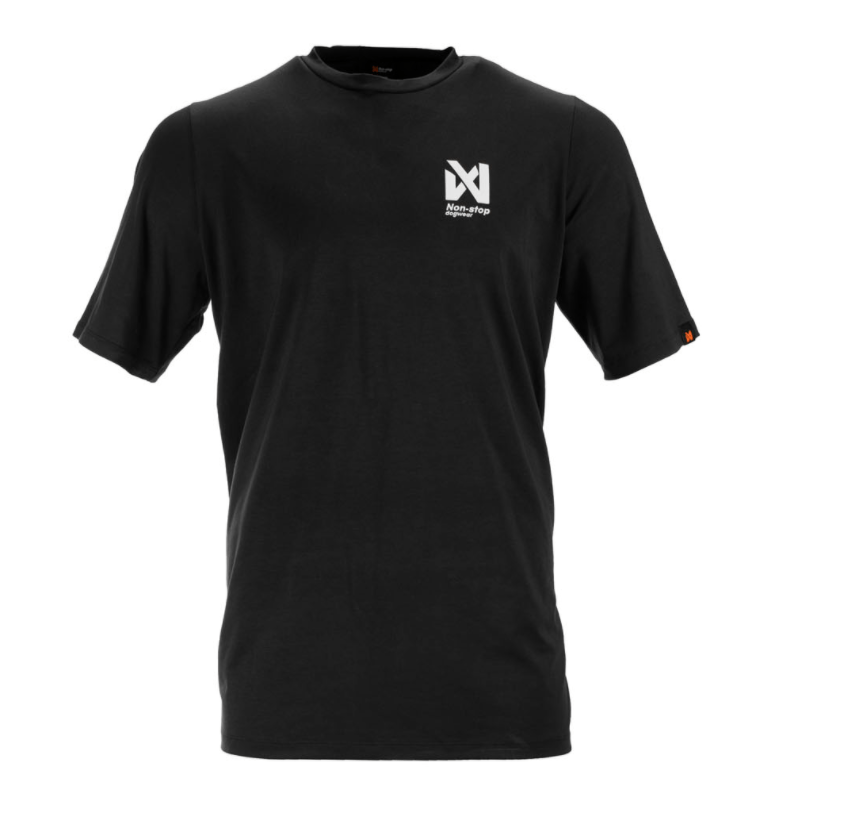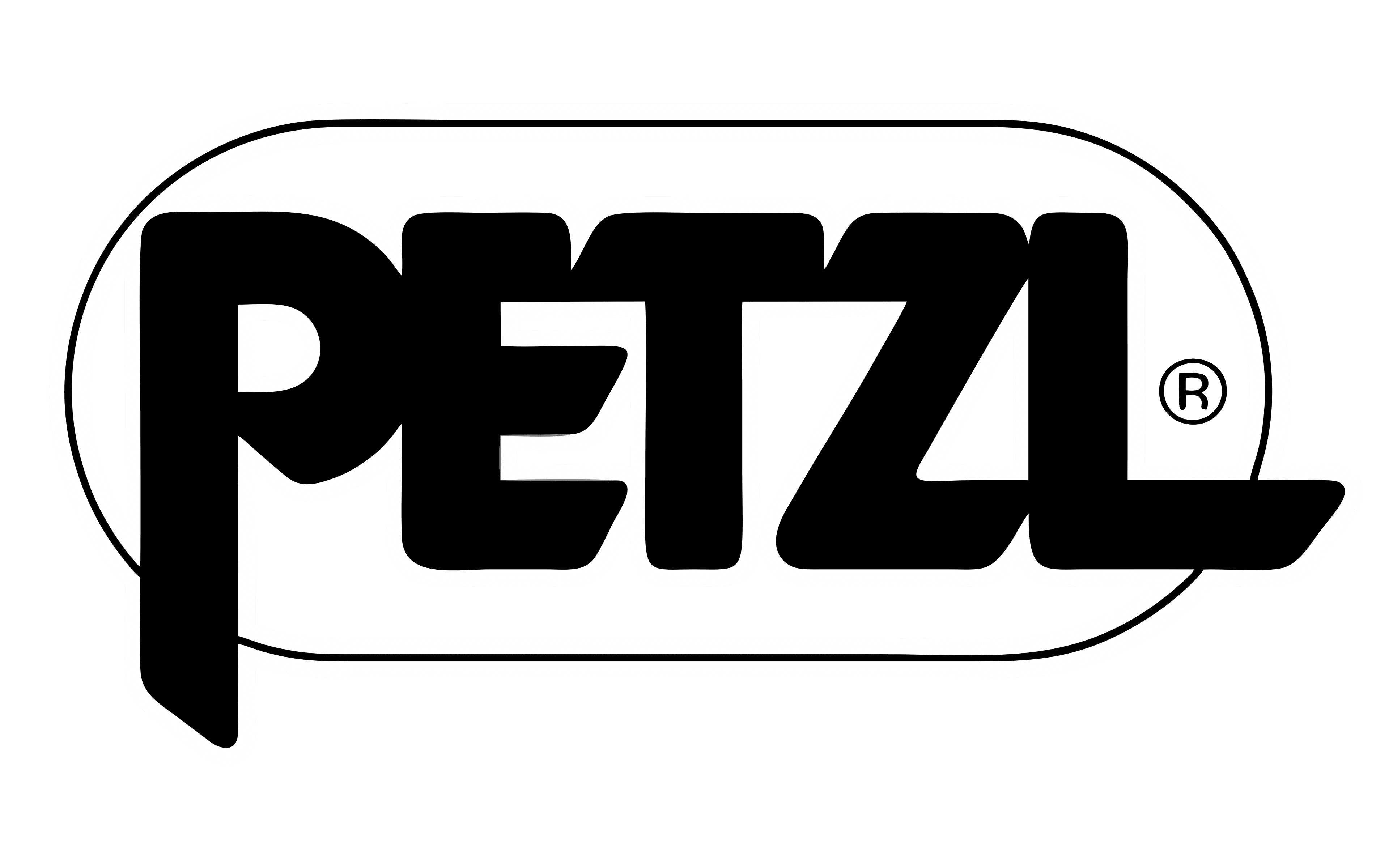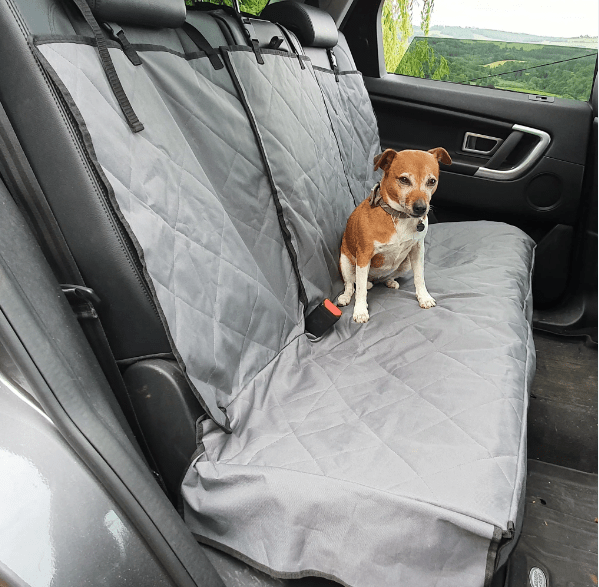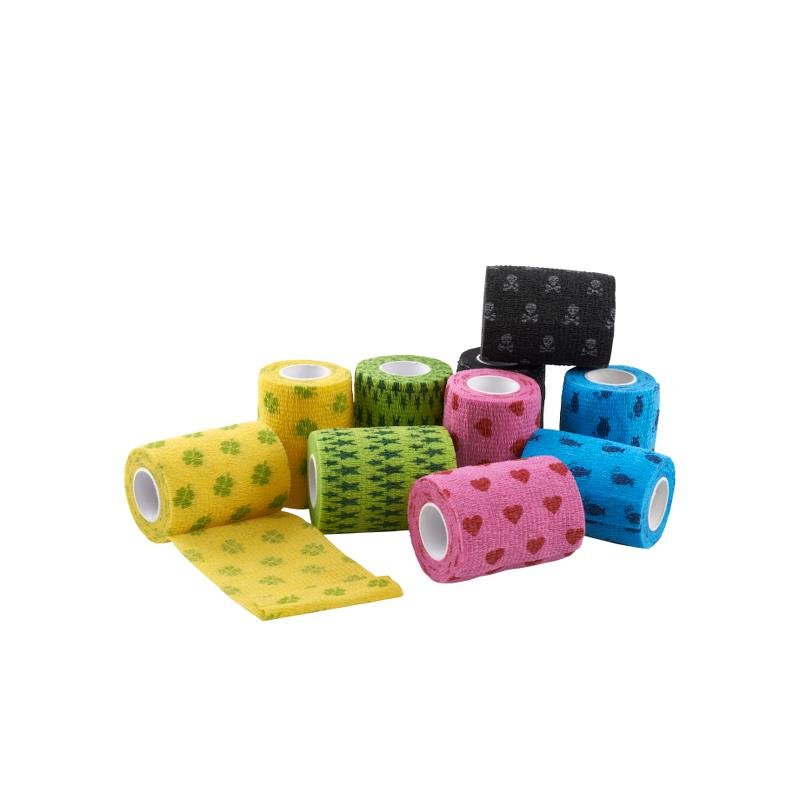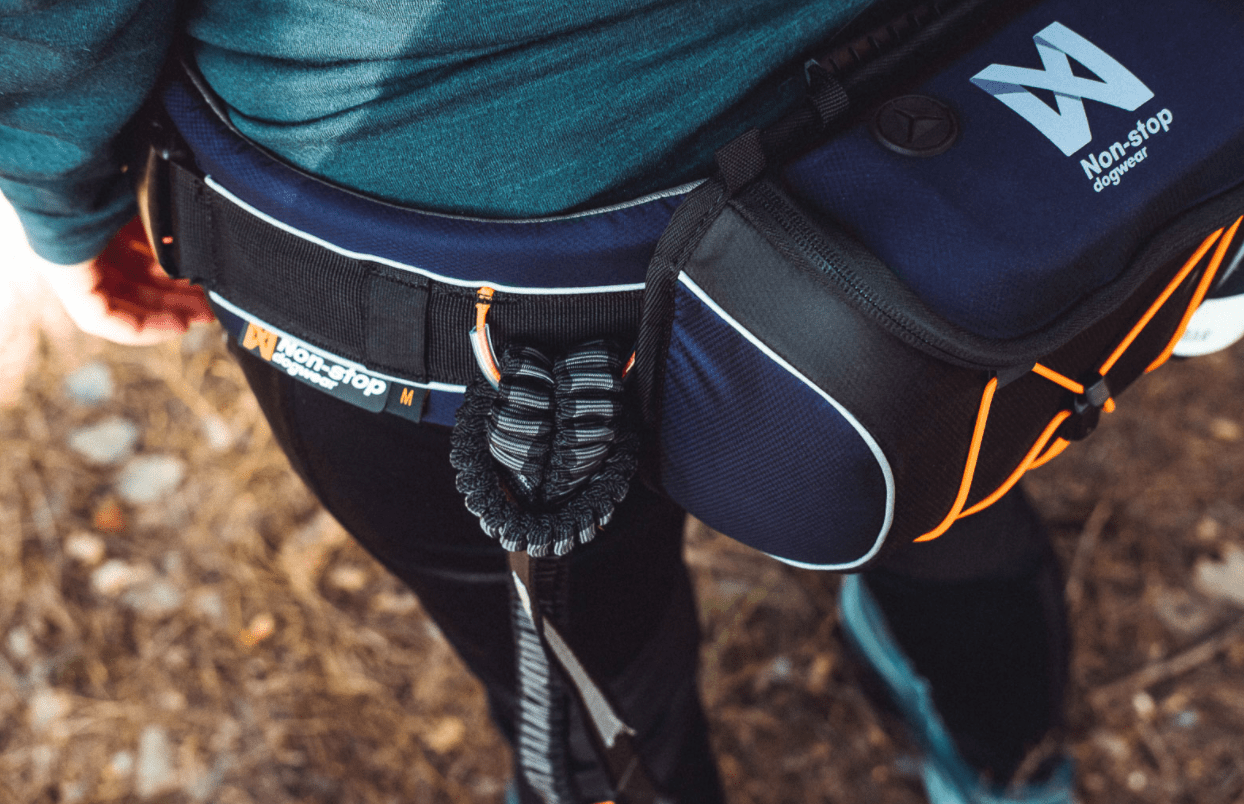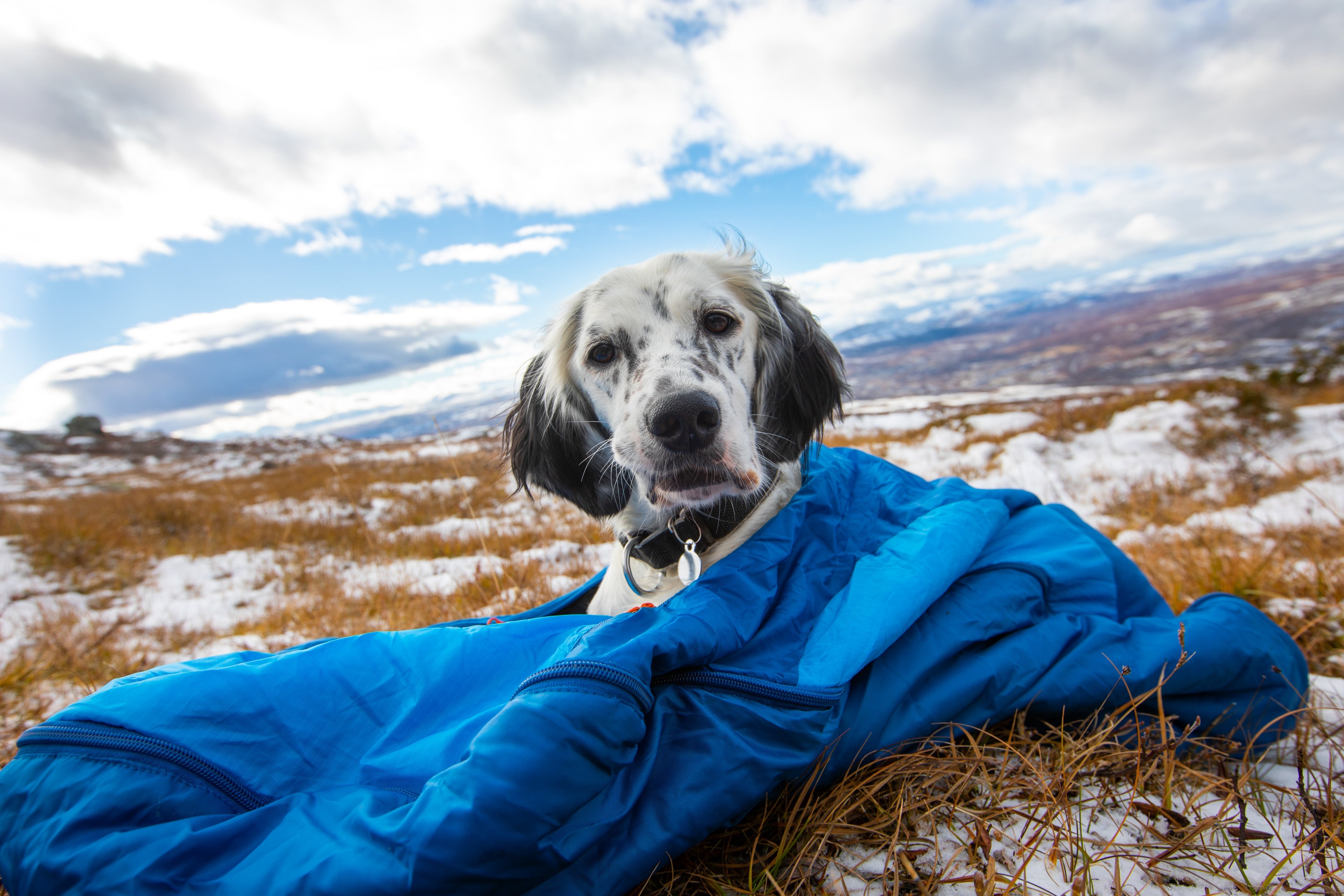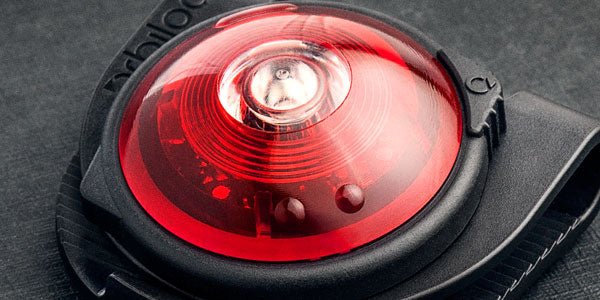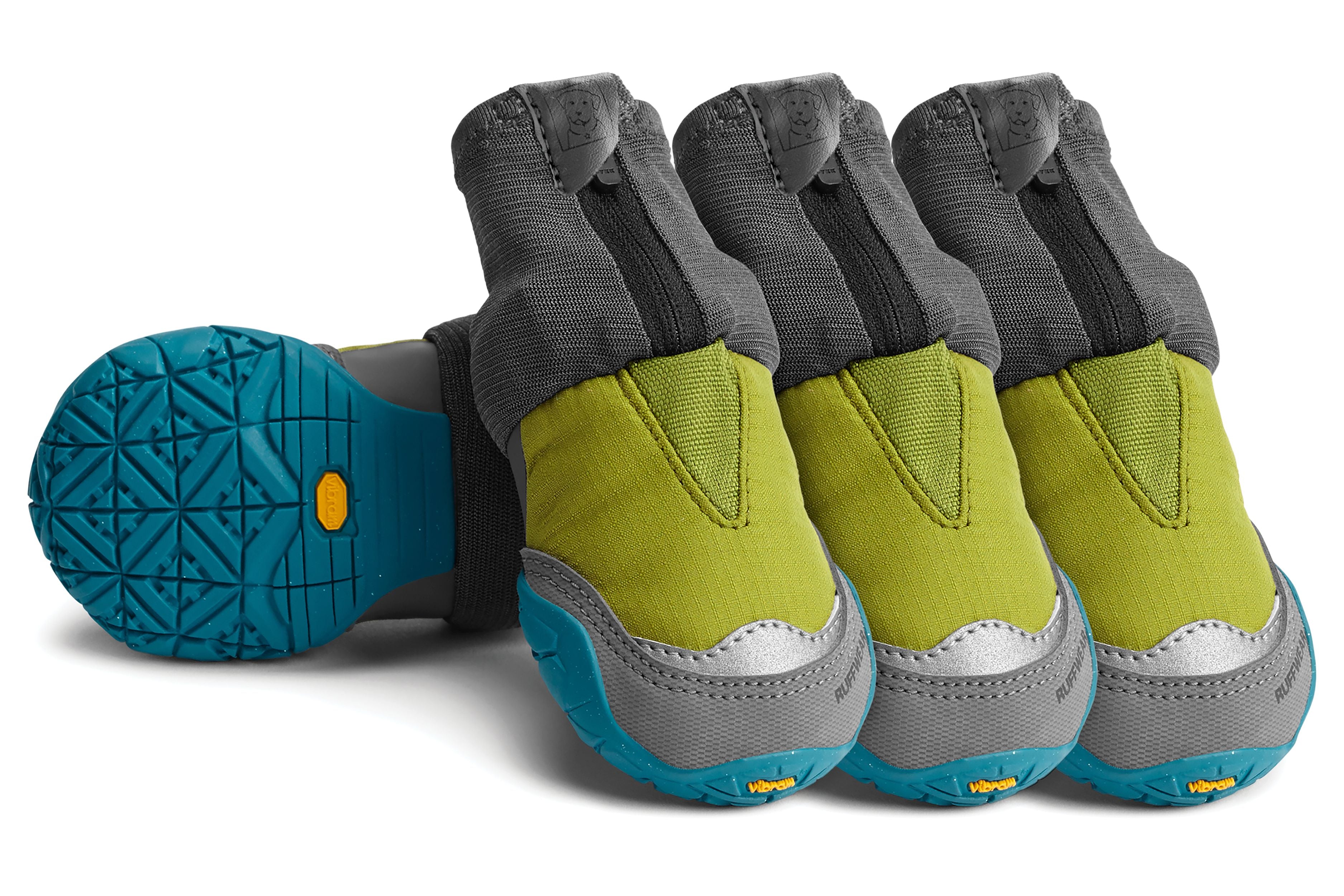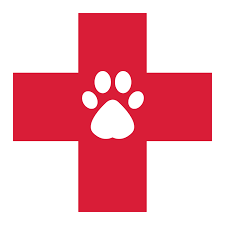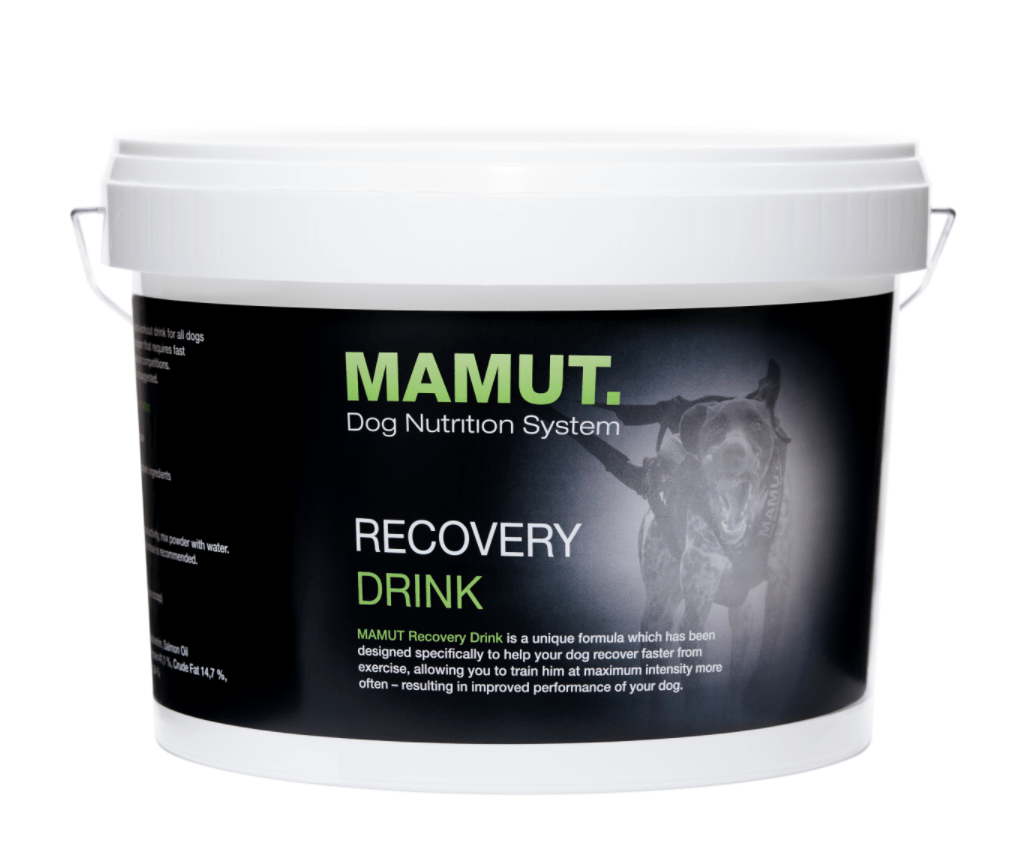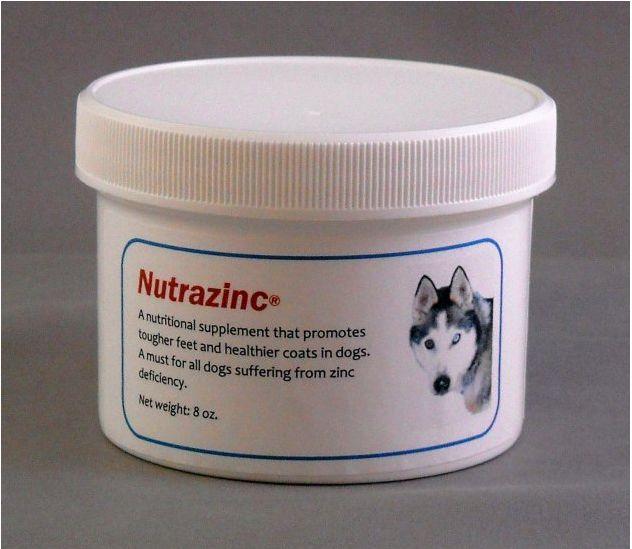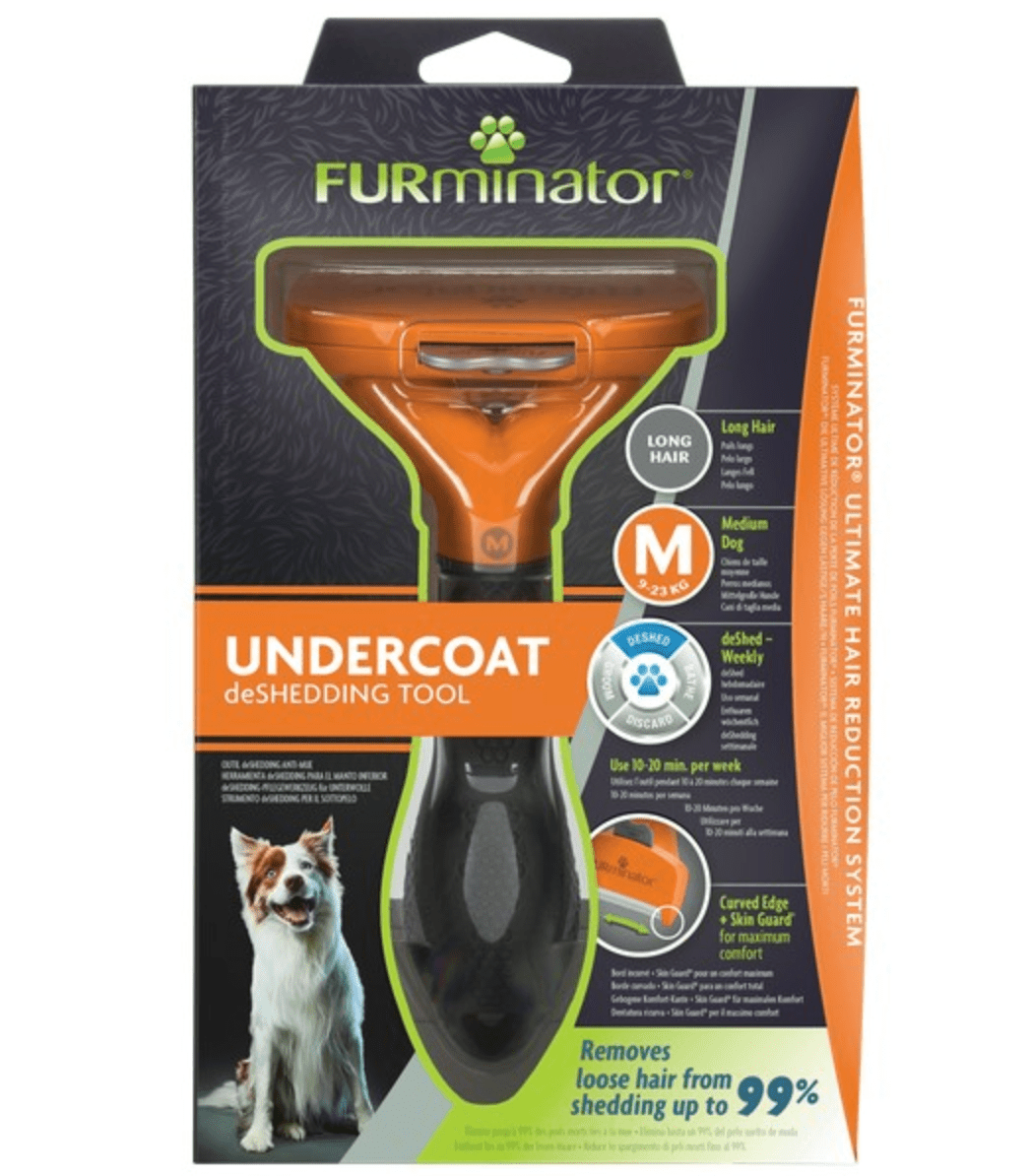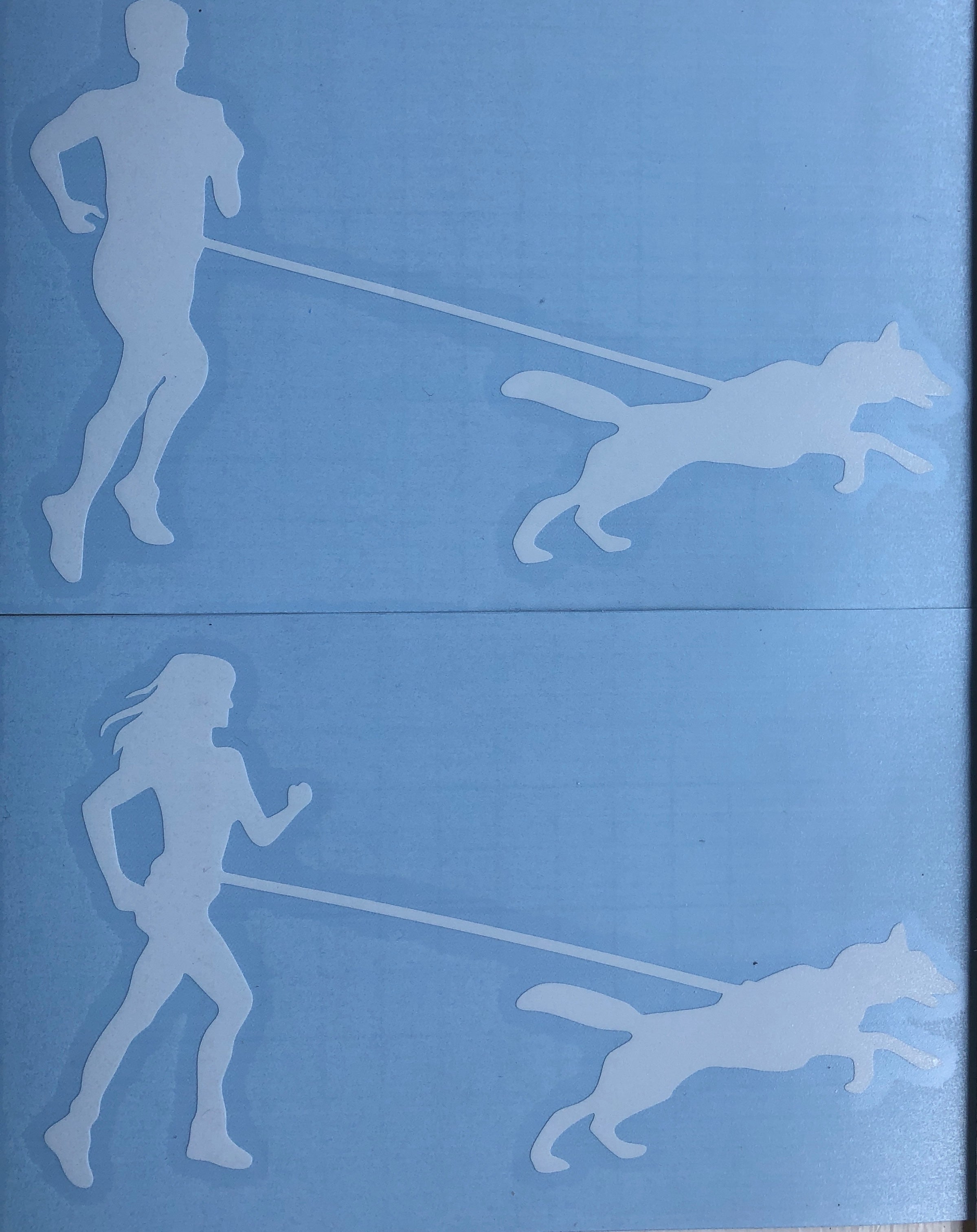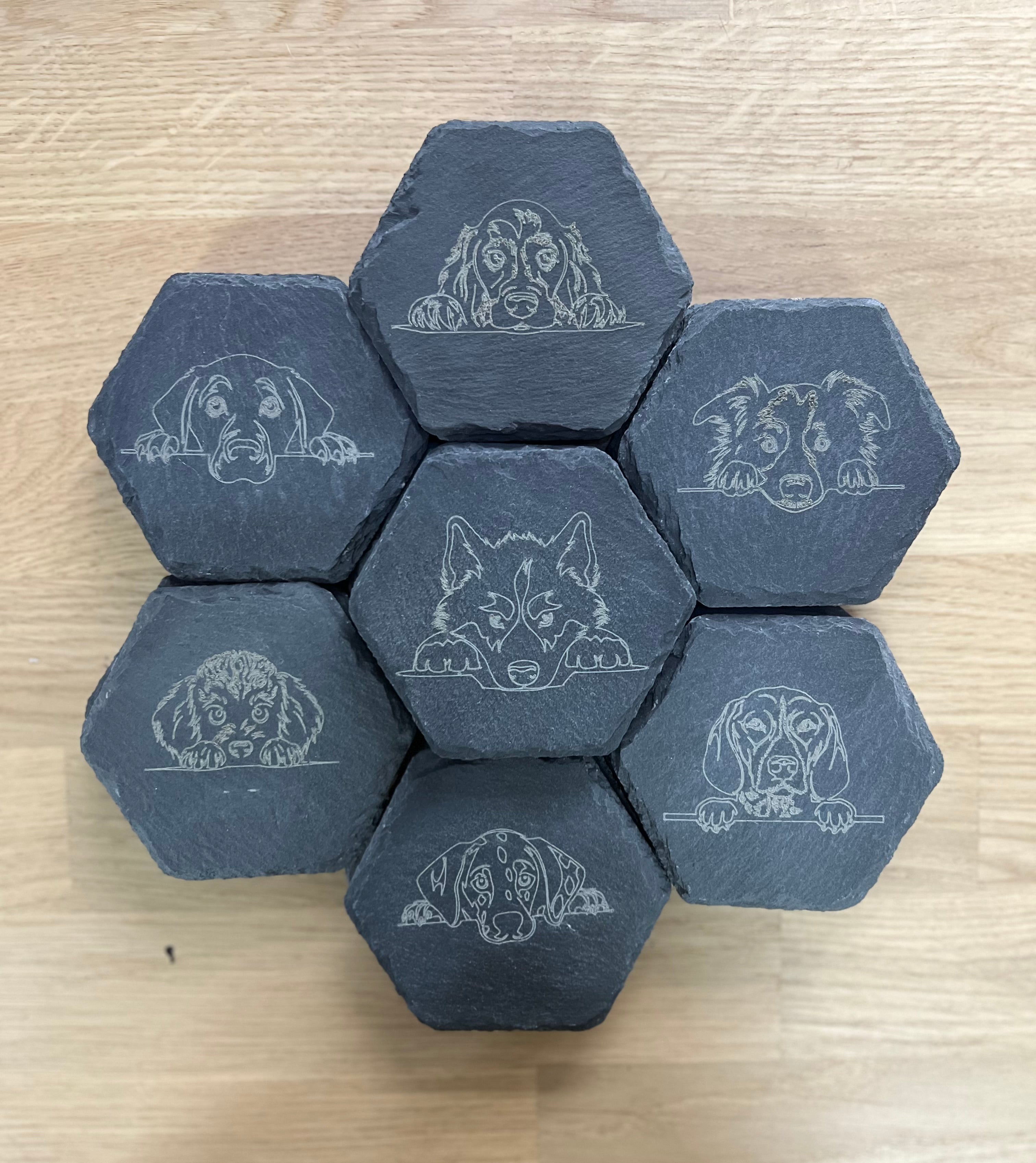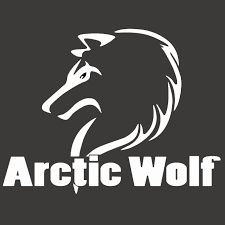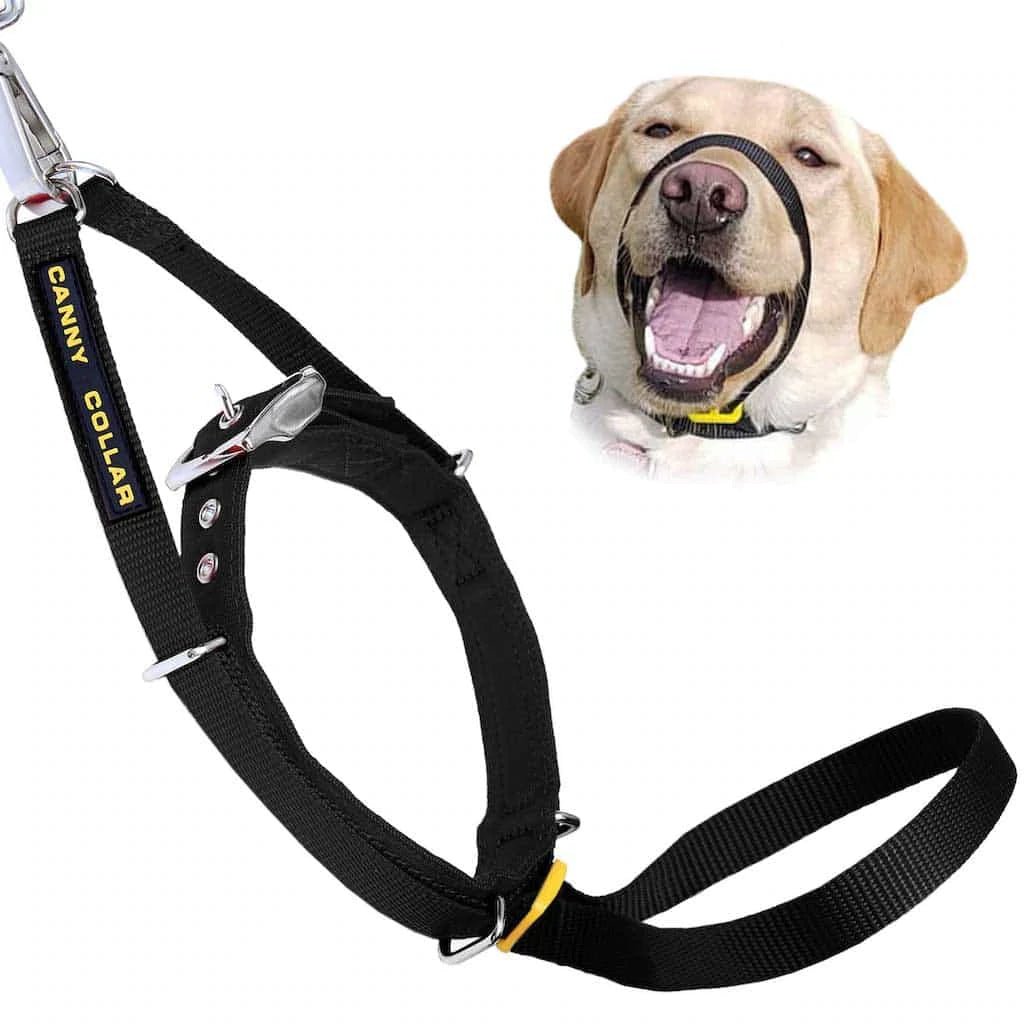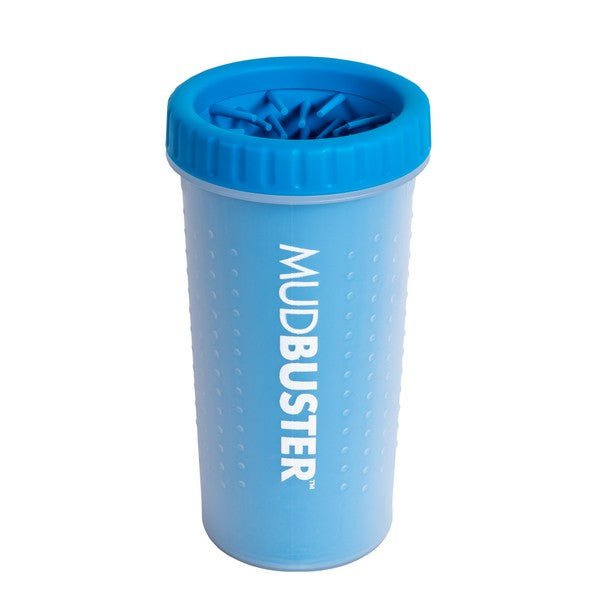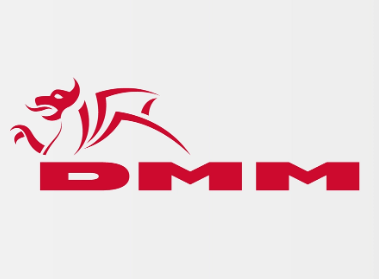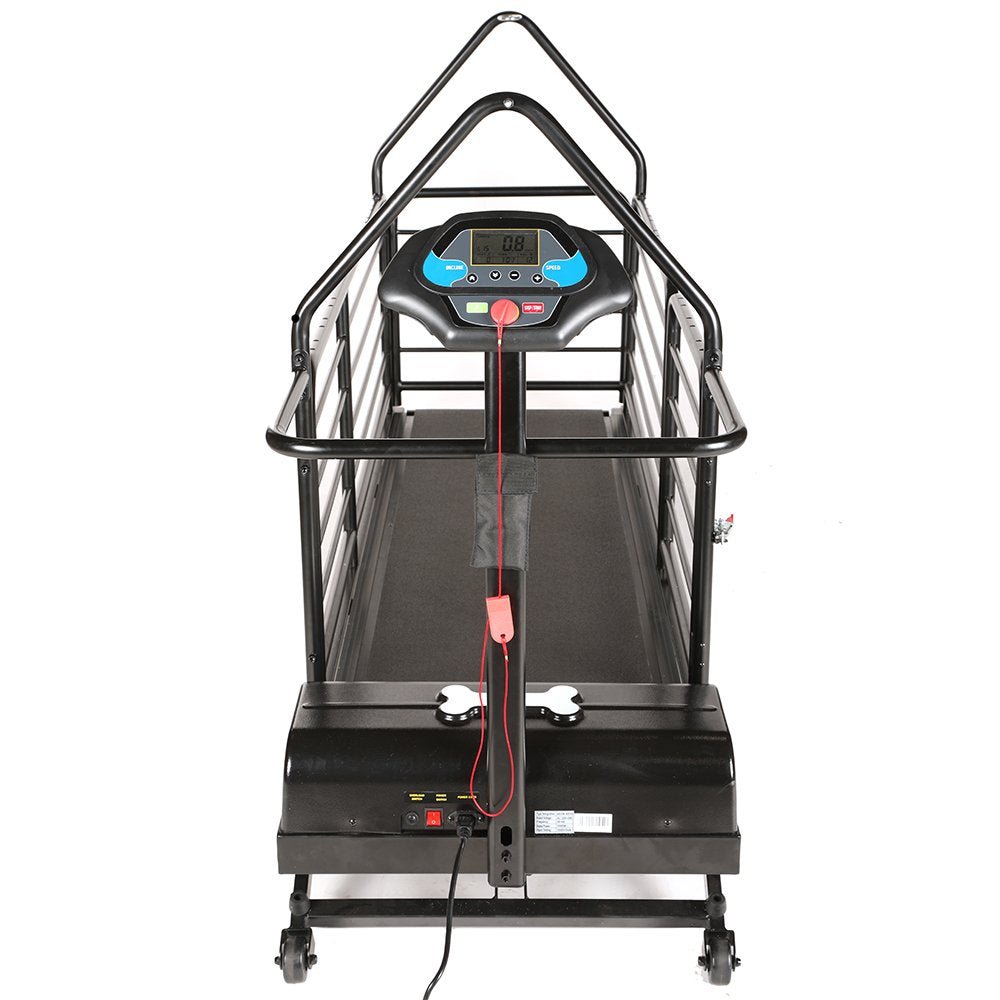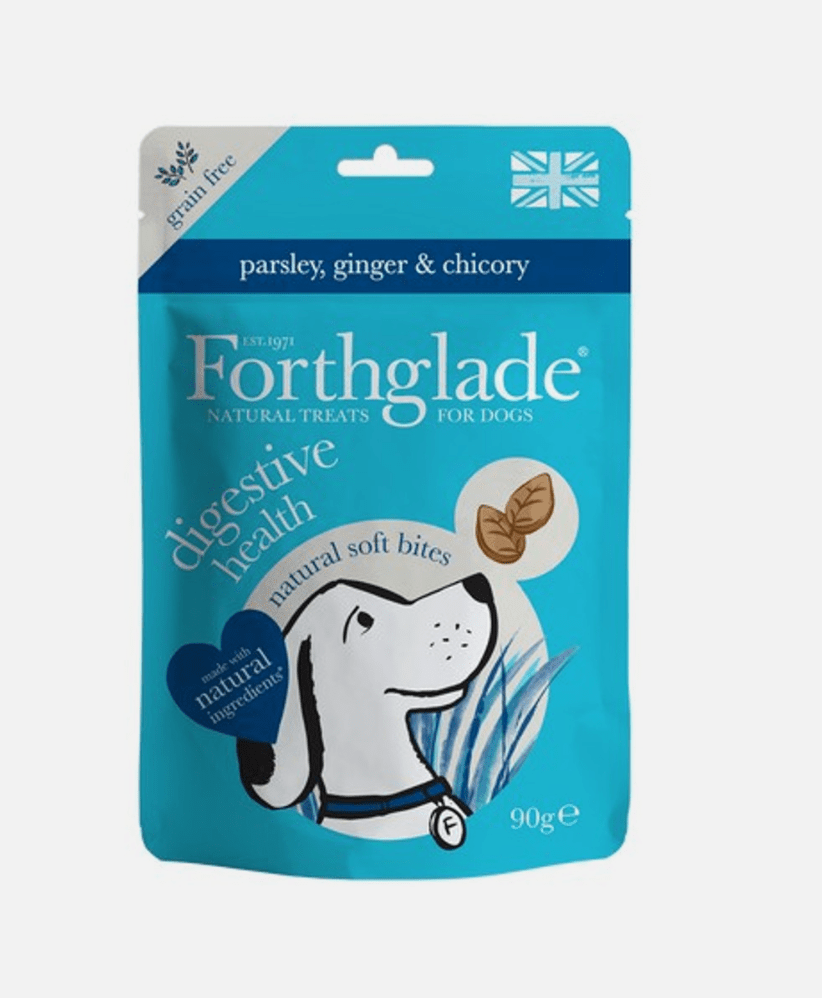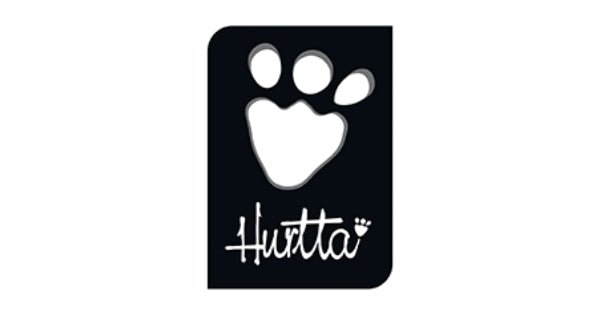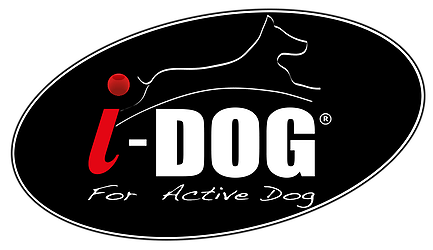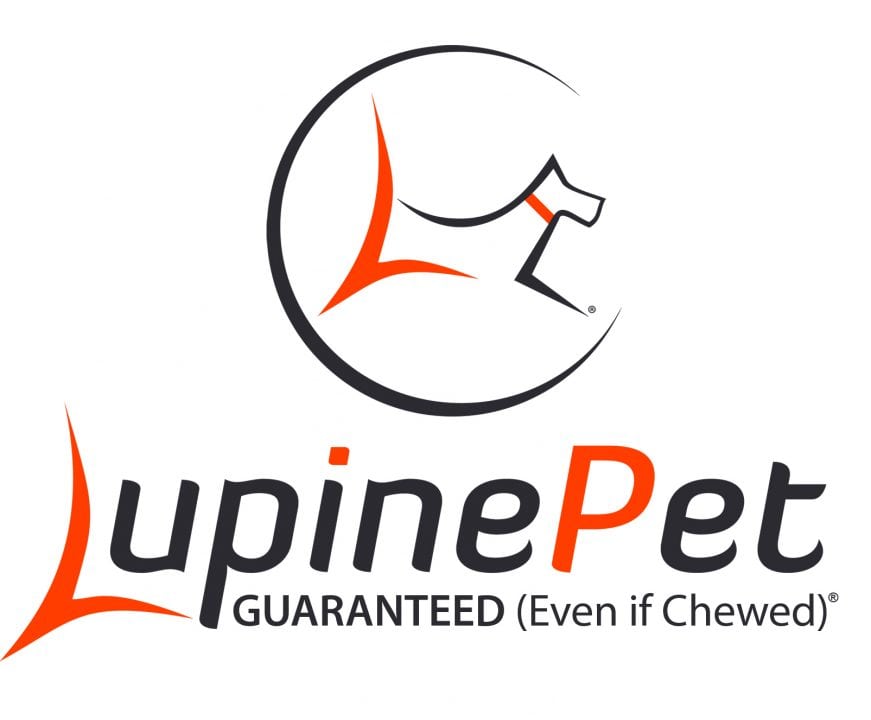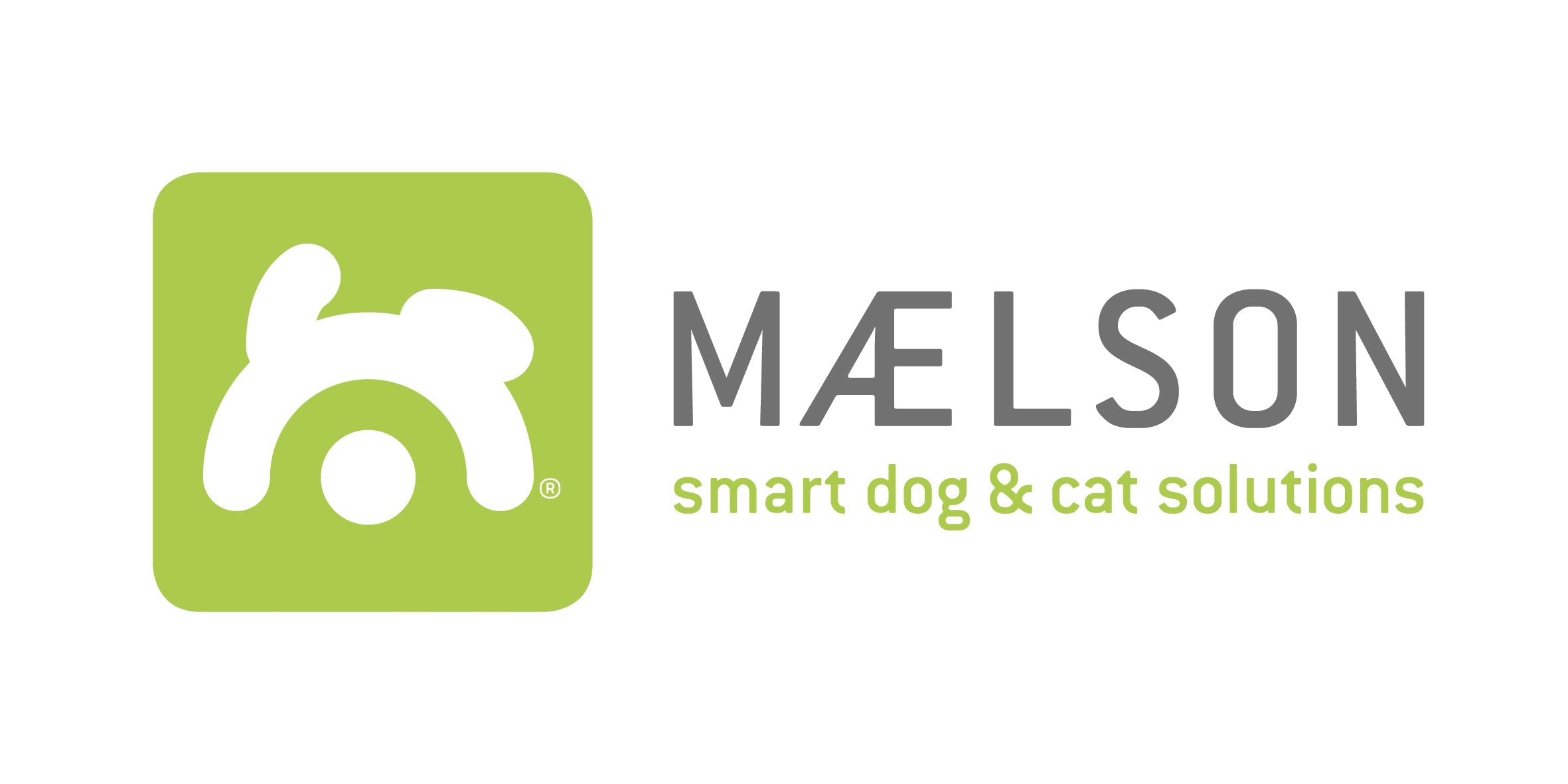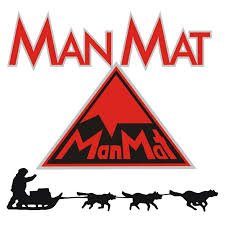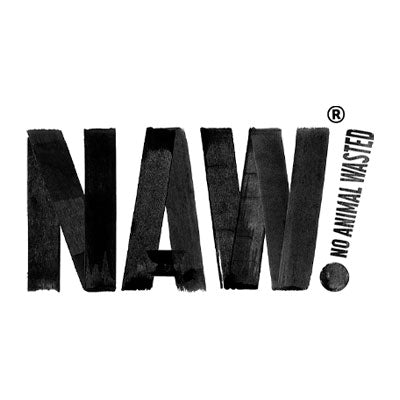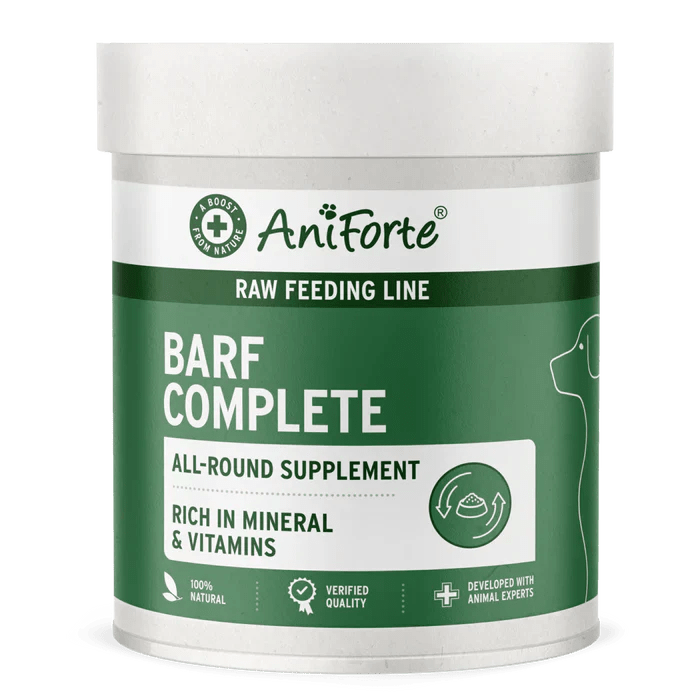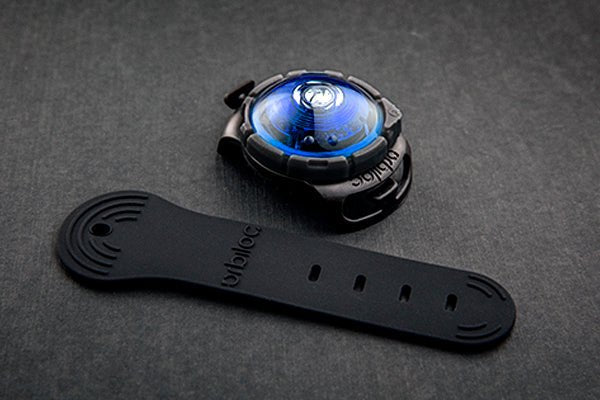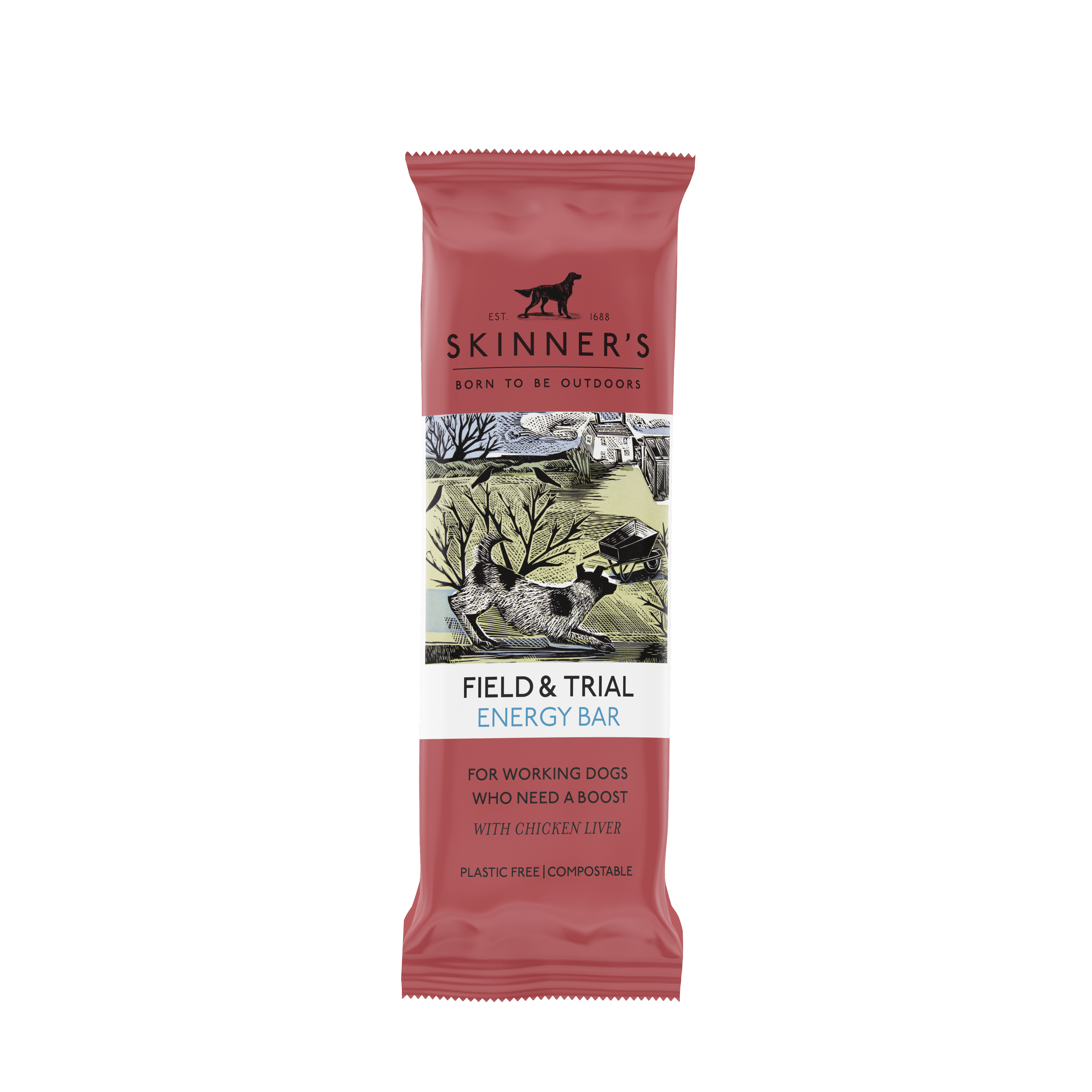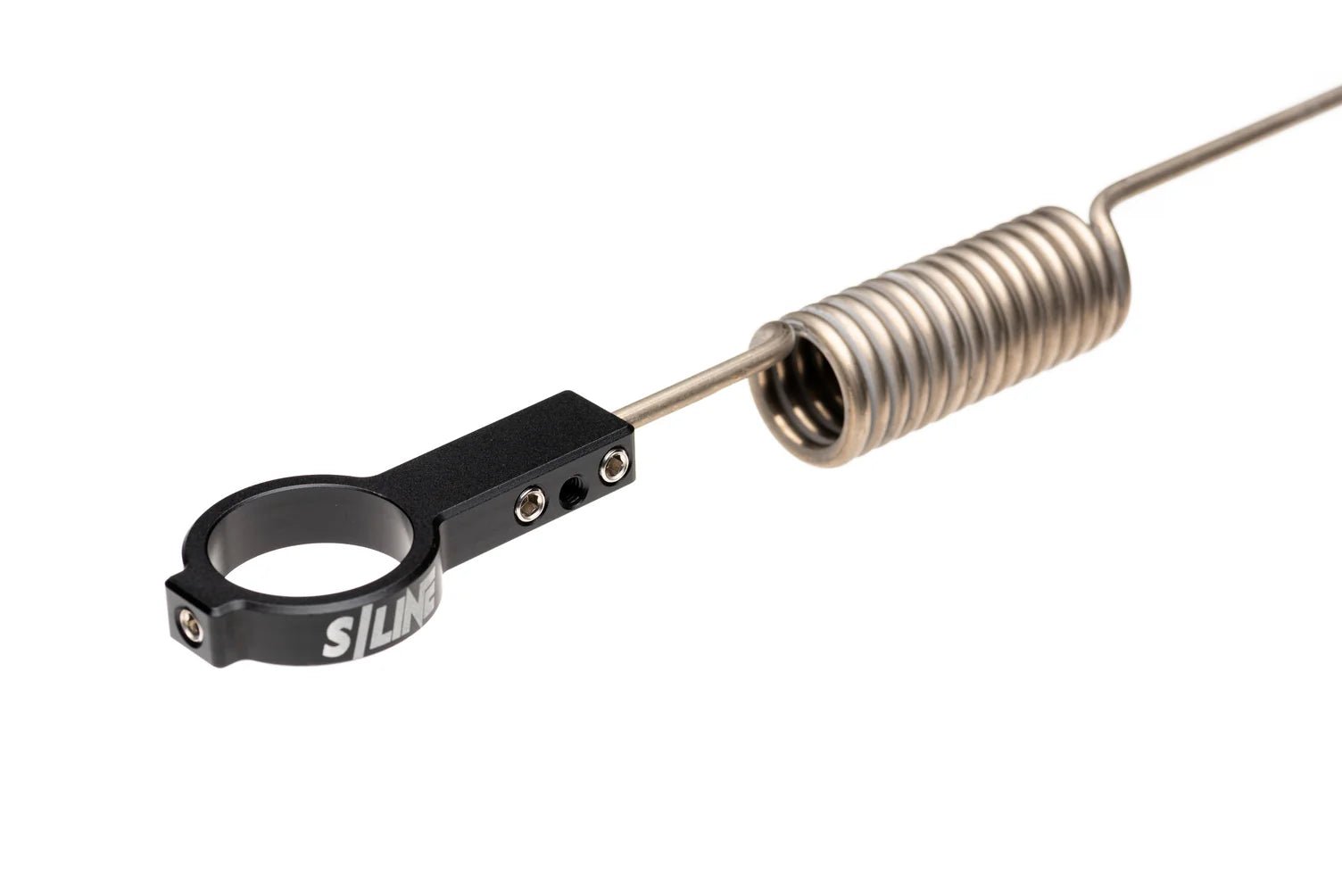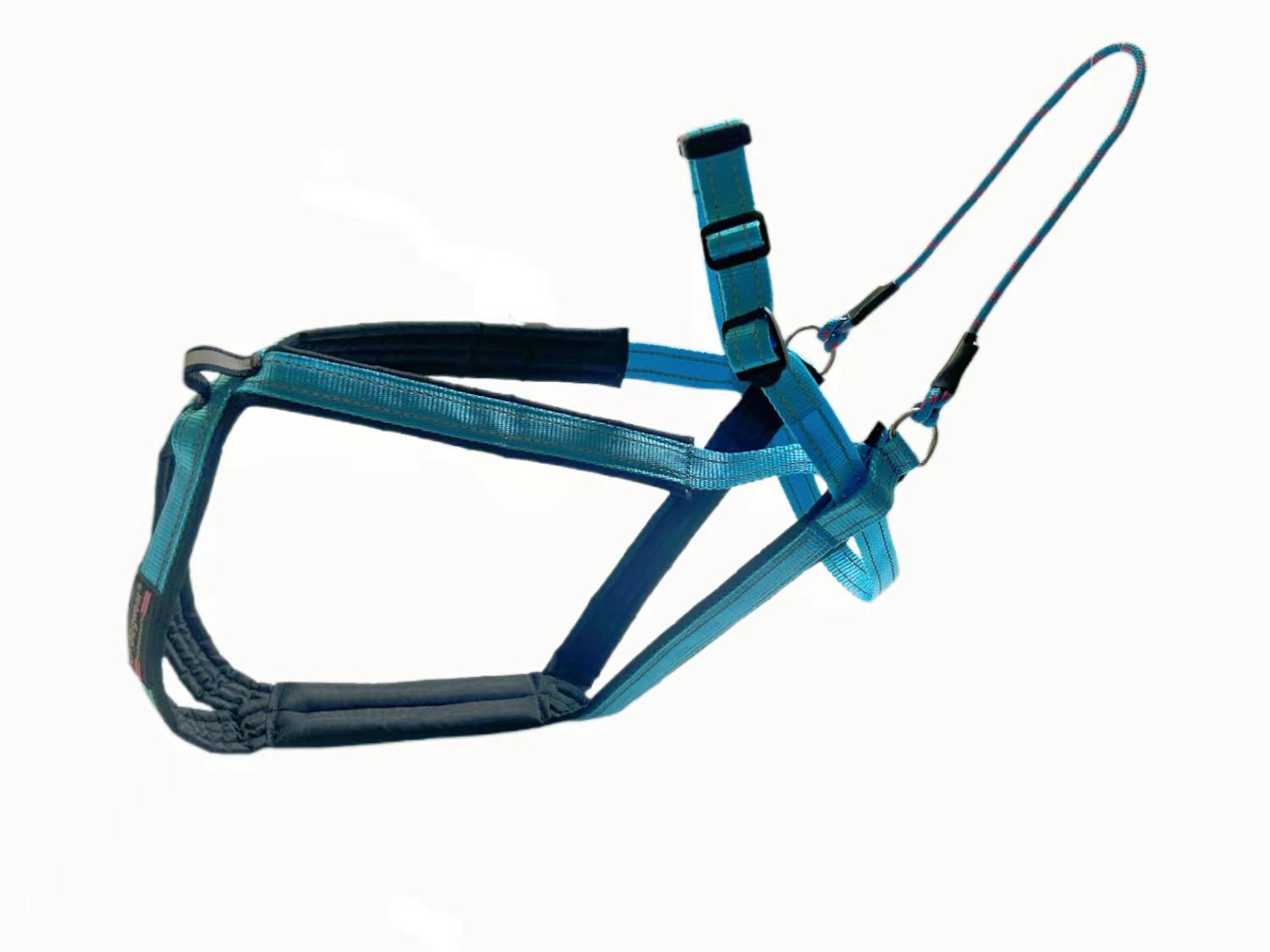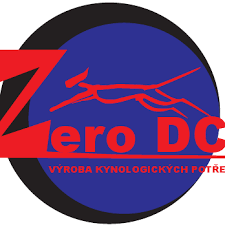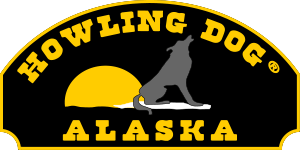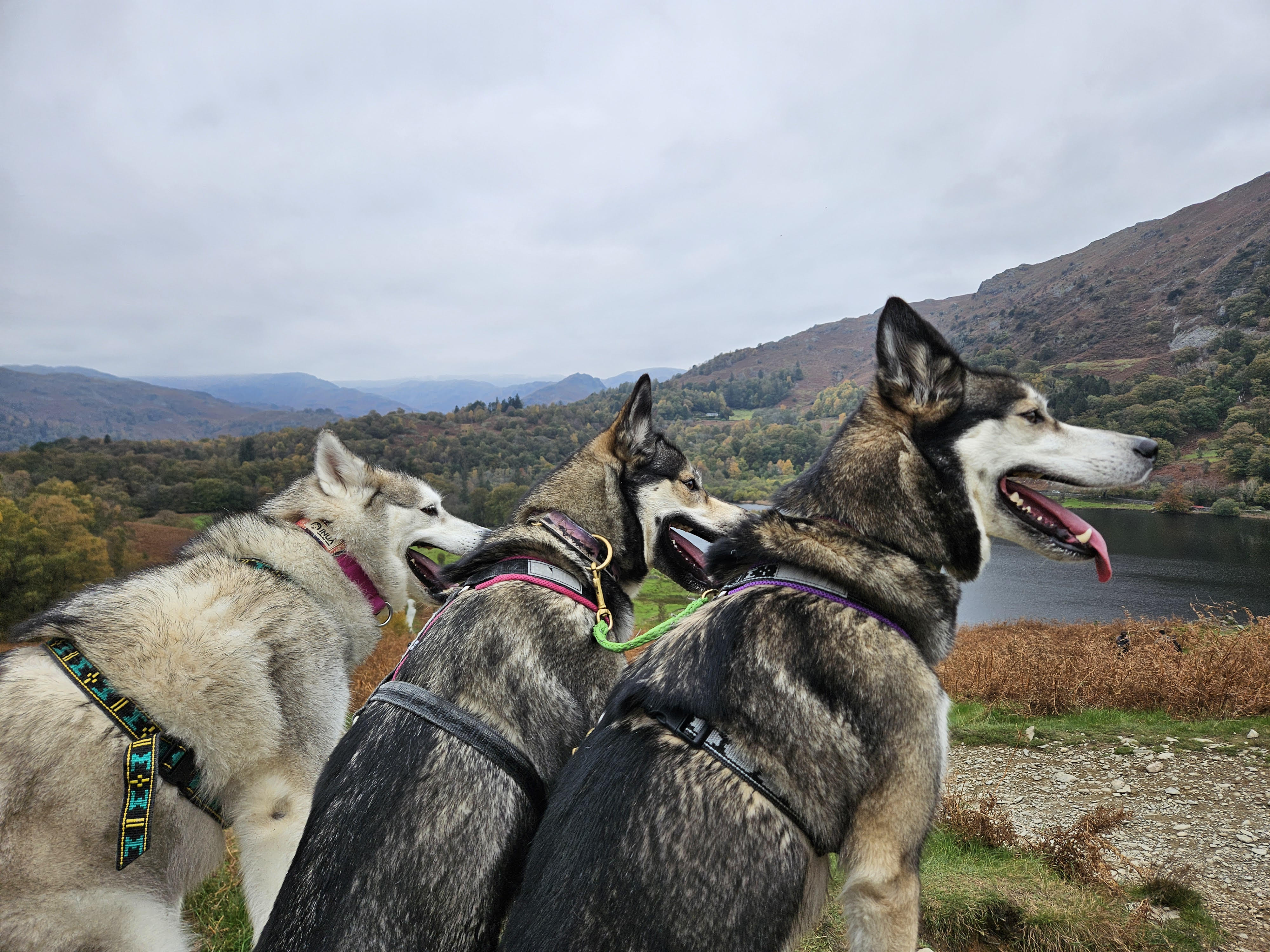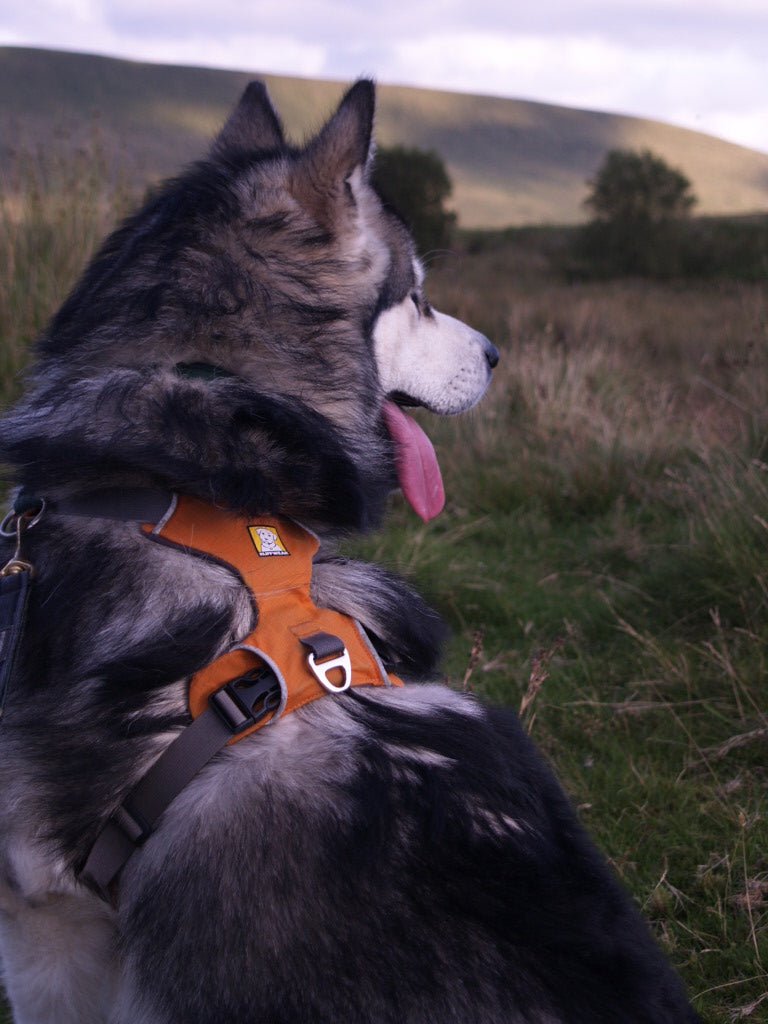What is the best harness for your dog’s needs?
We quite often see that people struggle to make an informed decision about what harness to purchase. Some of them, unfortunately, use the incorrect harness for their needs. Nowadays it is common to get the wrong piece of advice on social media. Here is a helpful and much-needed explanation about which harness style will be most suitable for your activity depending on your dog’s work ethics and experience.
Here you will find some guidance from experienced Musher and Owner of Howling Dog Alaska Ivana Nolke.
NON-PULLING DOGS OR BEGINNER DOGS, DOGS THAT RUN OR WALK IN THE “HEEL” POSITION:

Our Distance Harness is the best harness for your needs. It is a short harness made out of heavy-duty webbing. The harness is well padded around the neck, on the breastplate, and on the top. It will keep its shape while on the dog. There is no bunching up. For beginner dogs, the harness is difficult to back out of.
The pull force comes from the TOP of the harness.
MEDIUM PULLERS OR DOGS USED IN SKIJORING, BIKEJORING, AND SCOOTERING:

Our Second Skin / Tough Skin Harness style is best for your needs. It is a very comfortable shorter harness made out of soft fabric. It hugs the body like a glove when the dog is pulling. However, it will bunch up some when the dog is not pulling or when running loose.
The pull force comes from both the TOP and the SIDES of the harness.
HARD PULLERS, EXPERIENCED DOGS, DOGS USED IN ANY ACTIVITY FROM SLEDDING TO CANICROSS:

An x-back harness is the most comfortable harness for hard pullers, as the pull-force is most evenly distributed. A hard pulling dog will be able to lean into this full-length harness without the neck opening riding up on the dog’s throat. An x-back harness will hug the body nicely under a full pull force. However, it will bunch up some when the dog is not pulling. We offer several different x-back harnesses, check them out here.
The pull force comes mostly from the SIDES of the harness.
Keep in mind that the harder your dog pulls, the more evenly distributed pull force needs to be on the harness you need. Also, the slower the pace, the harder your dog will pull. A poorly fitted harness or a harness that is not suitable for hard- pullers or for the given activity, will ride up on your dog’s throat, causing discomfort.
Written by

